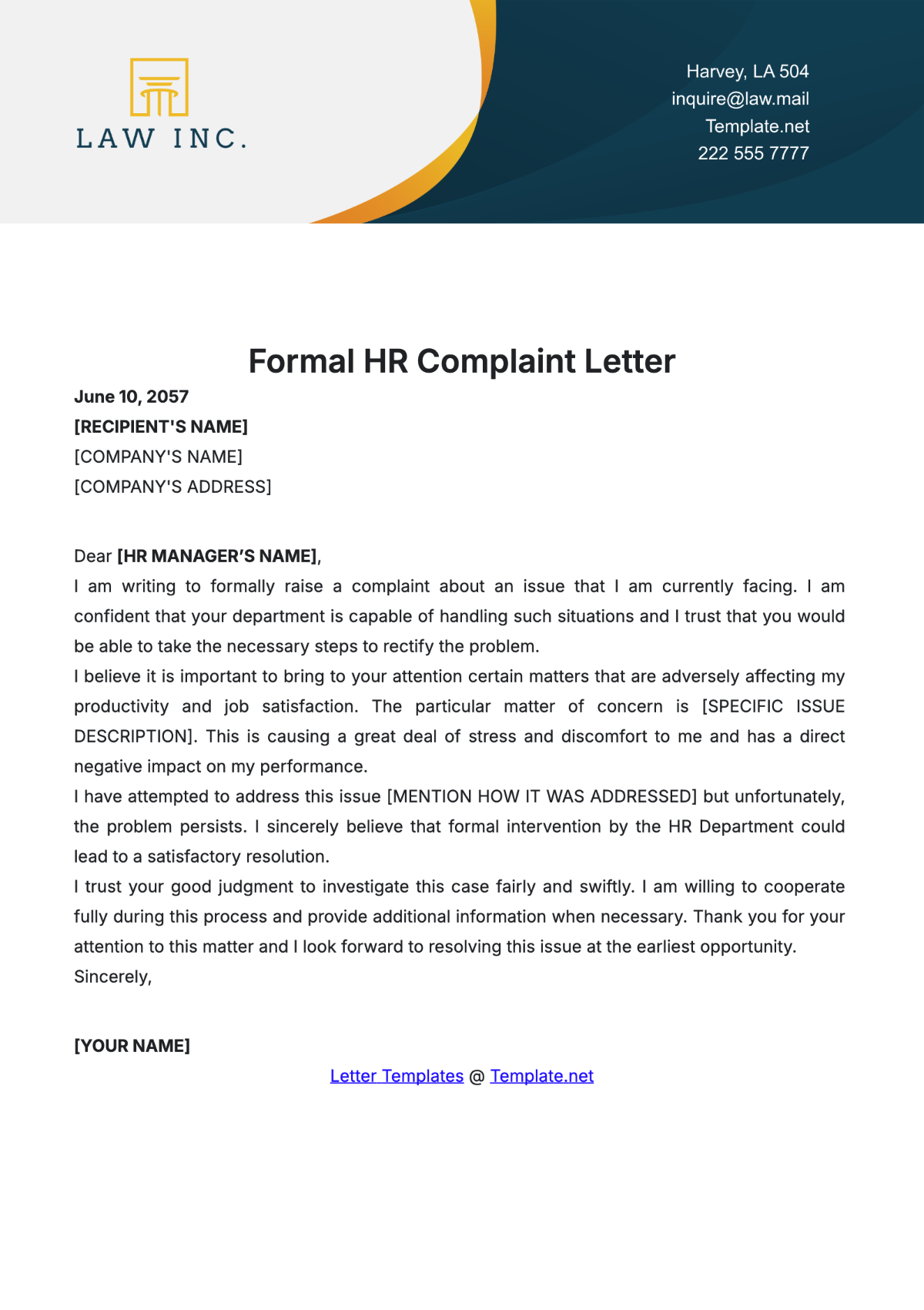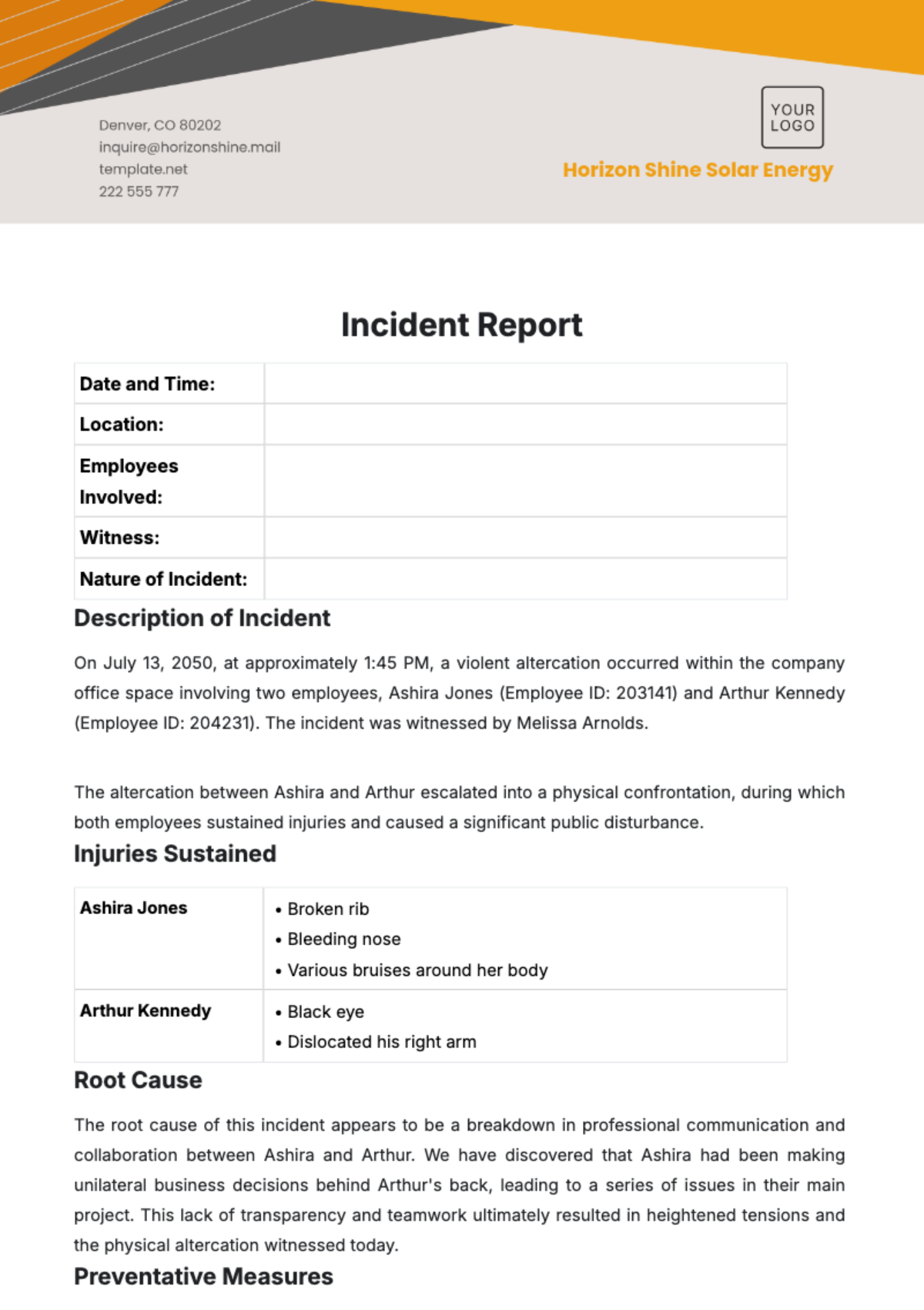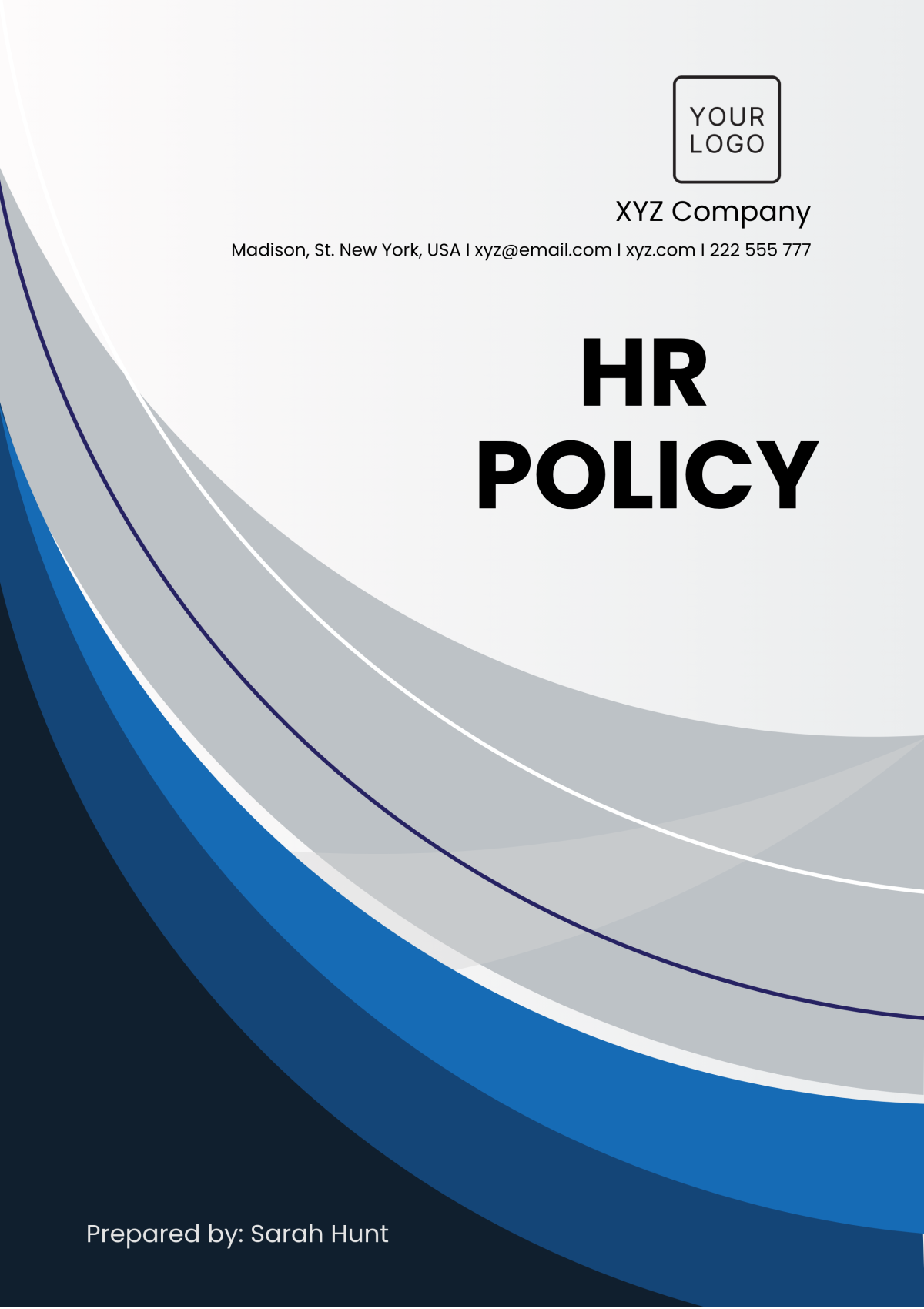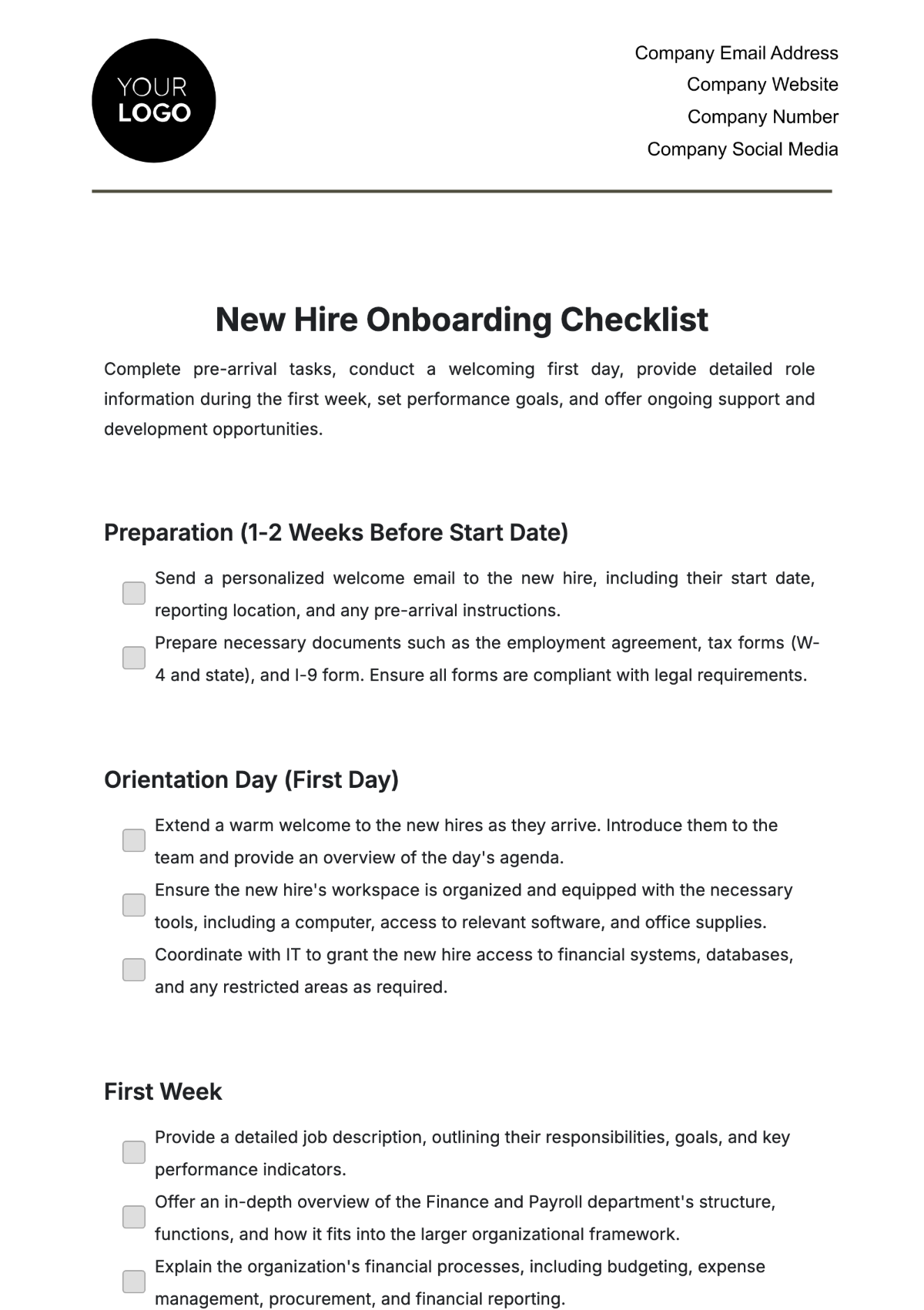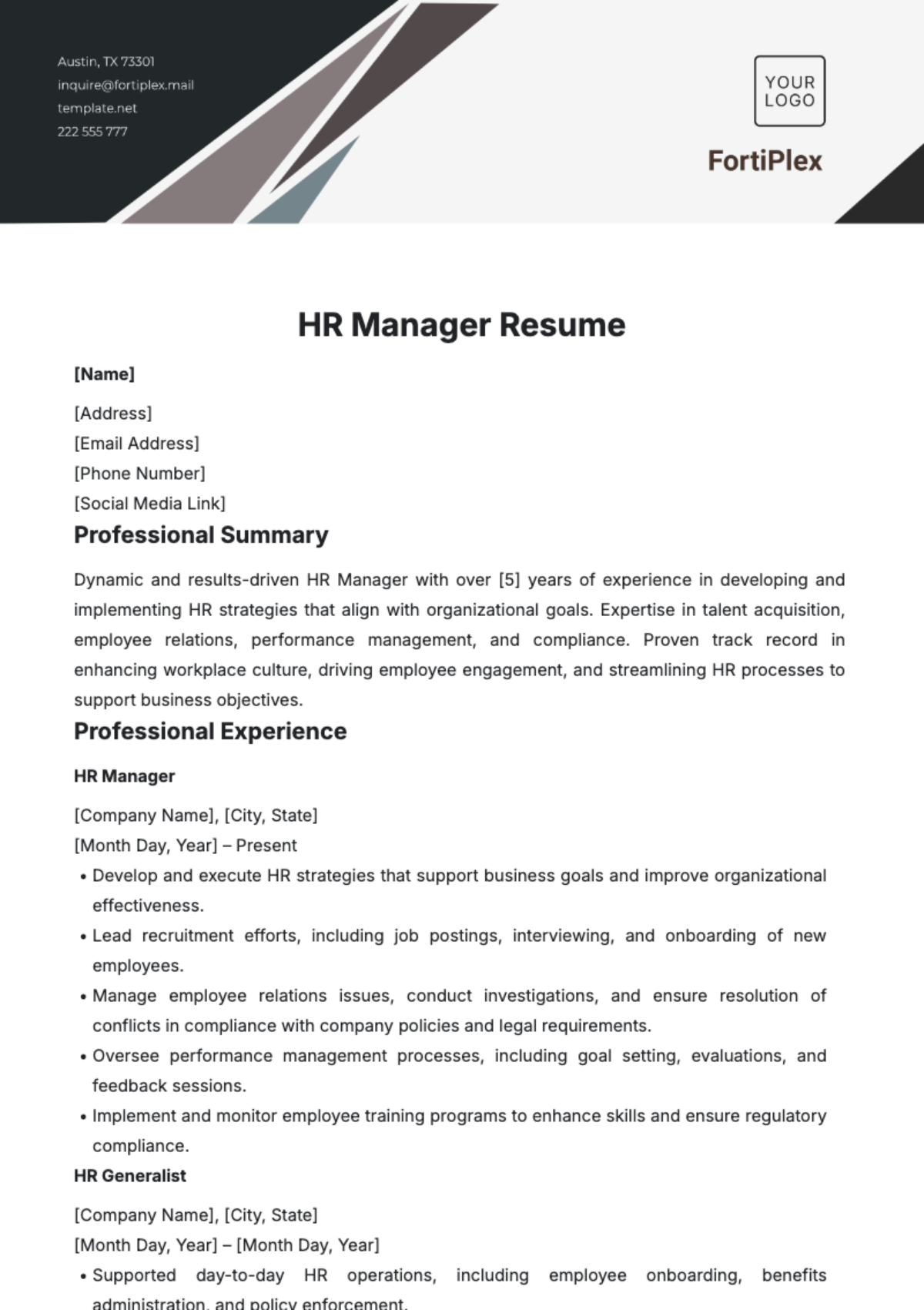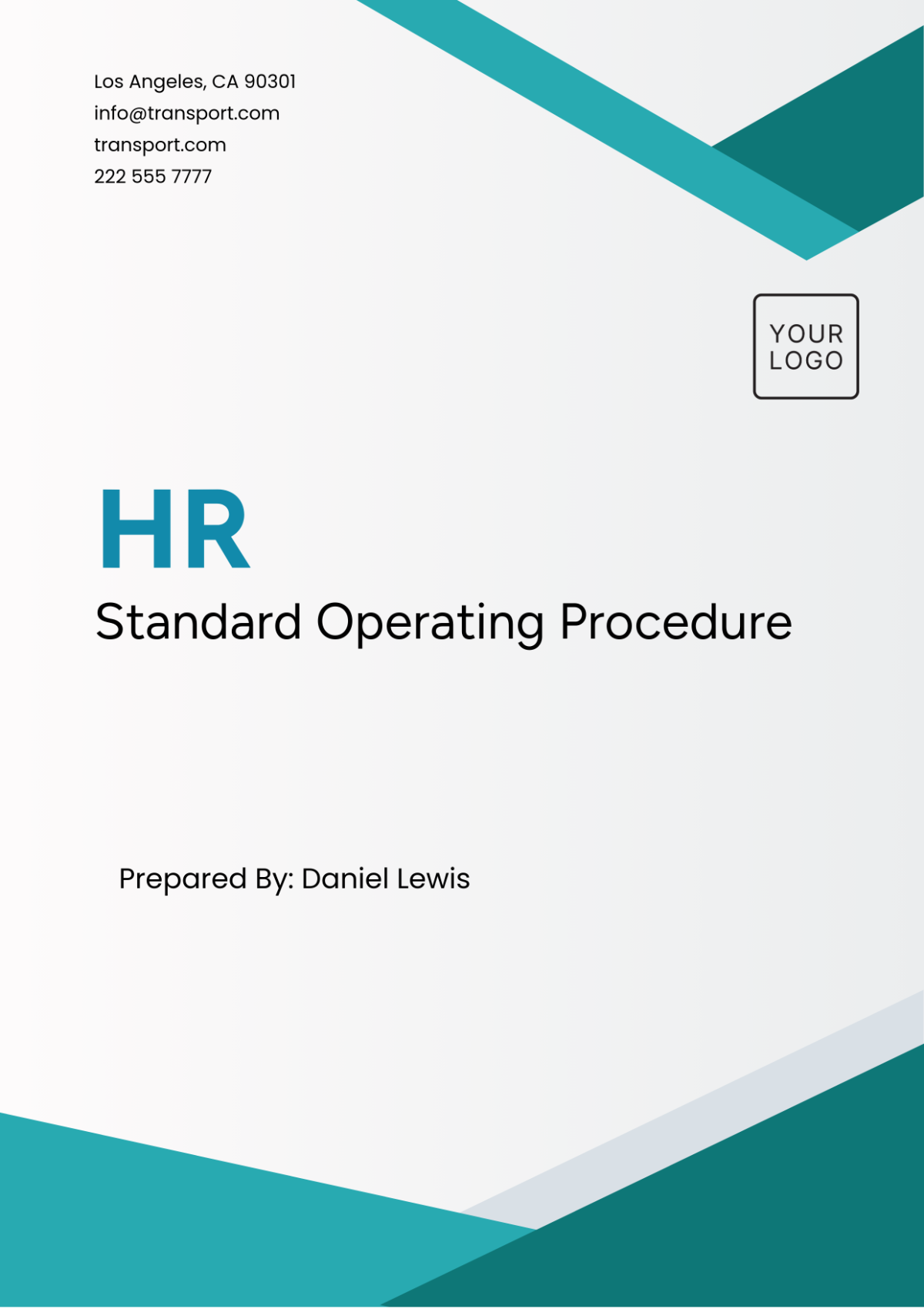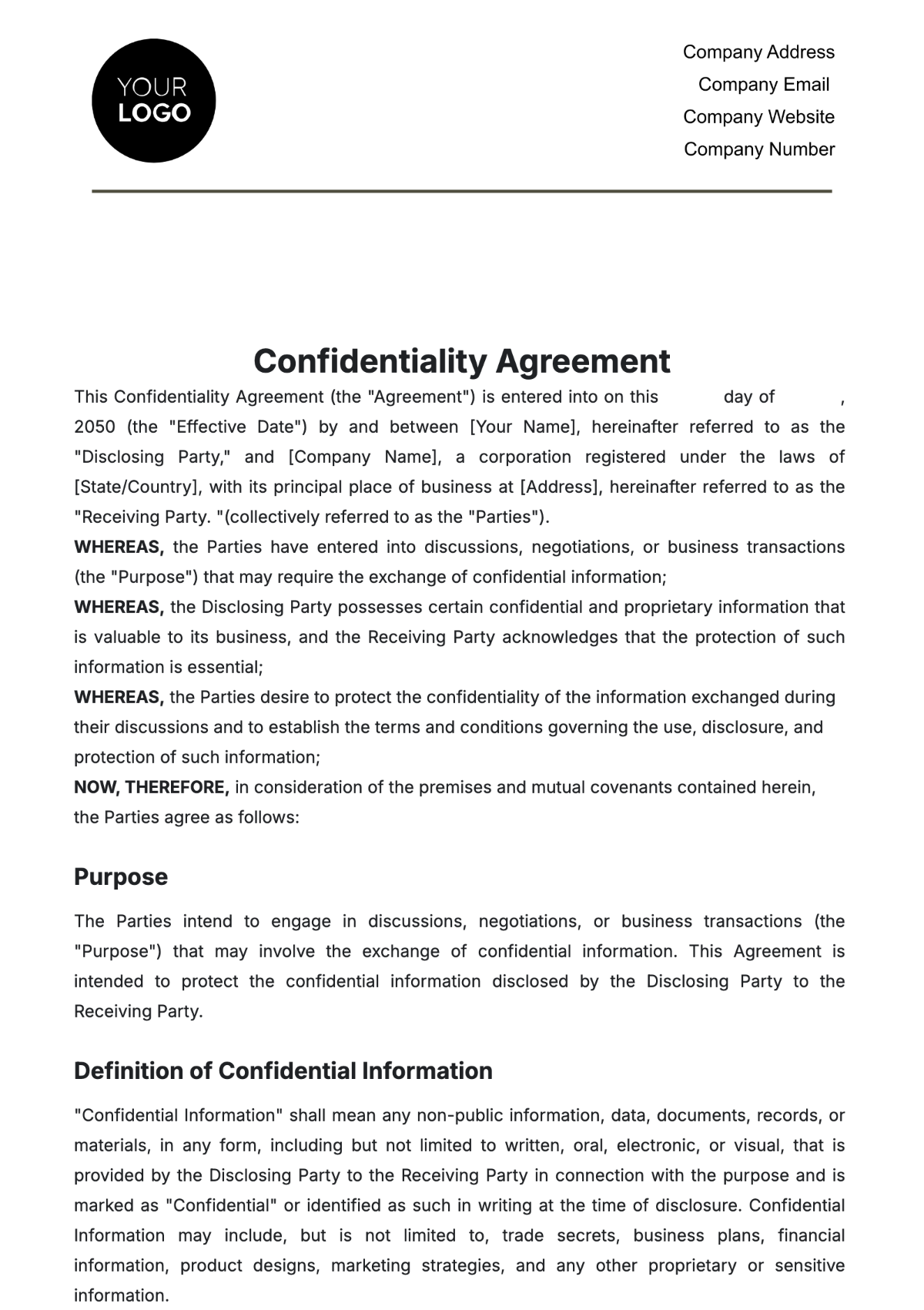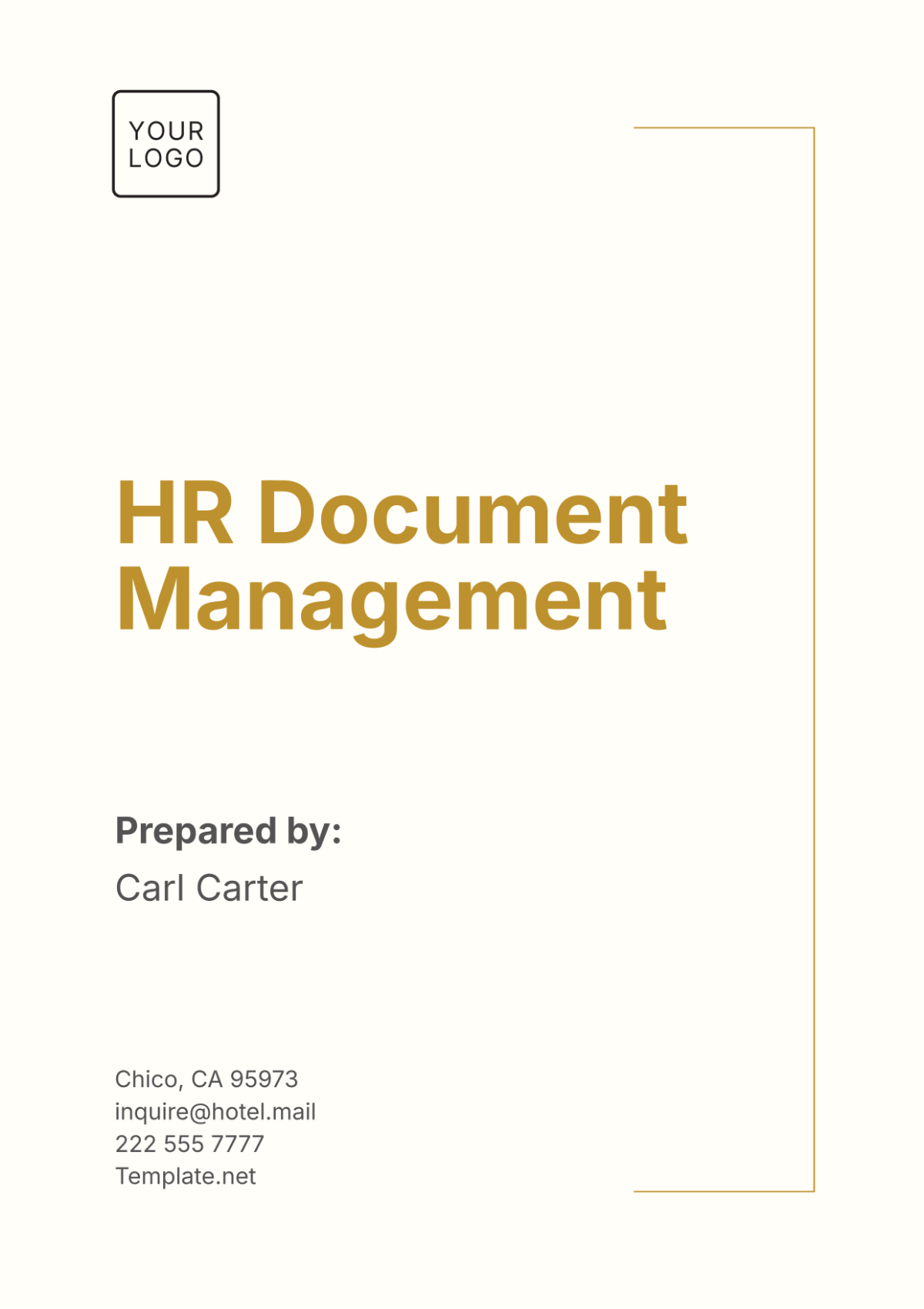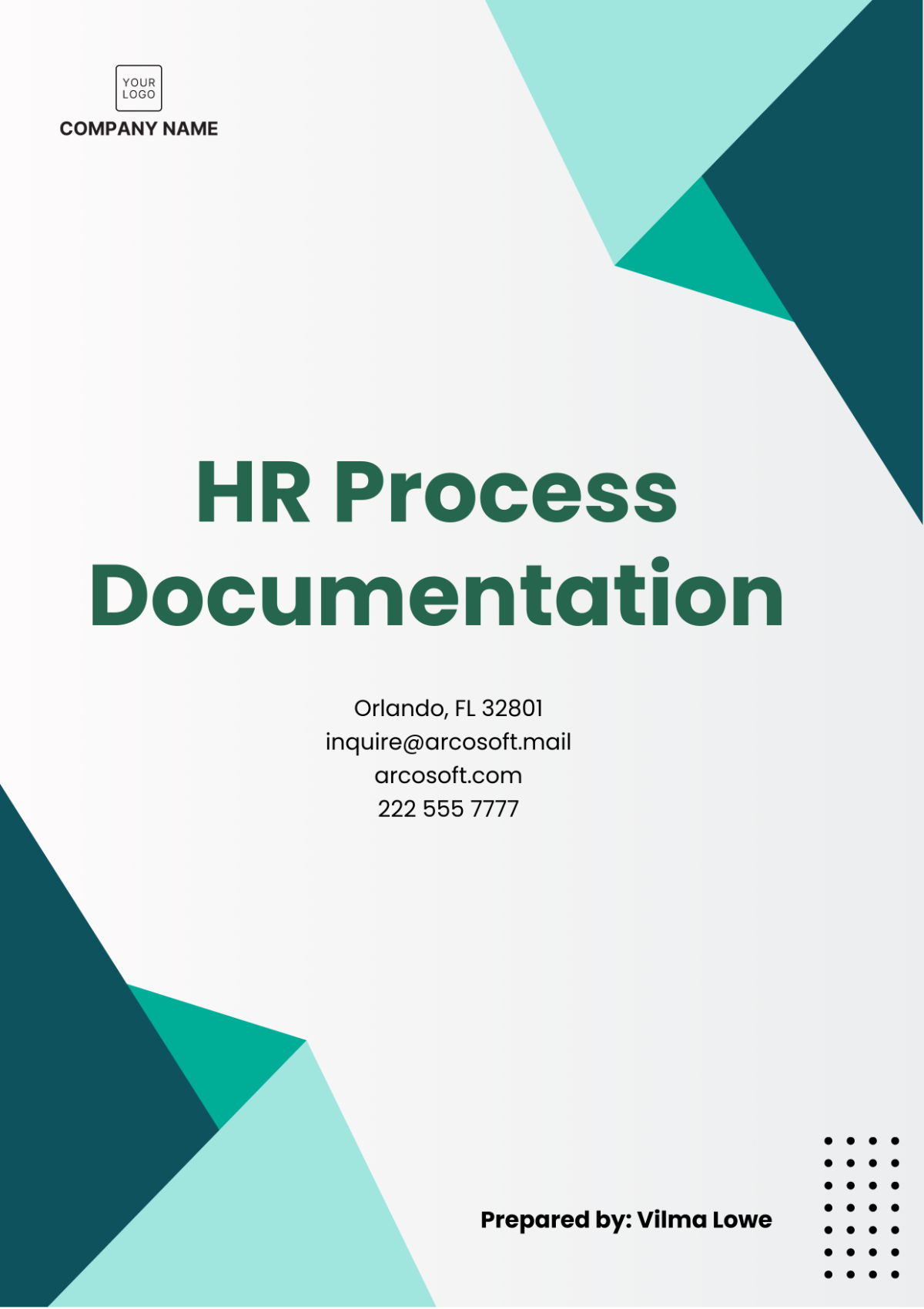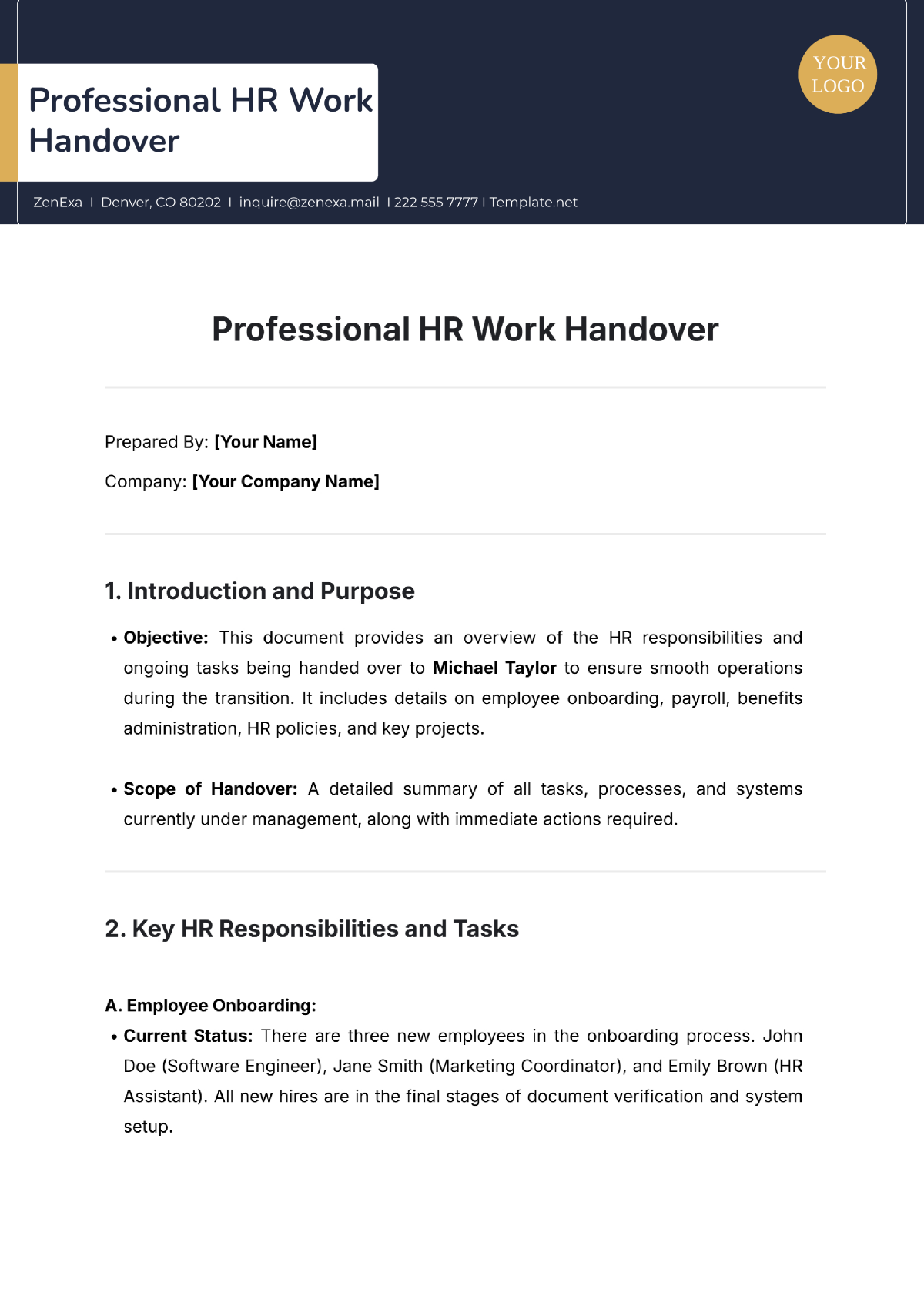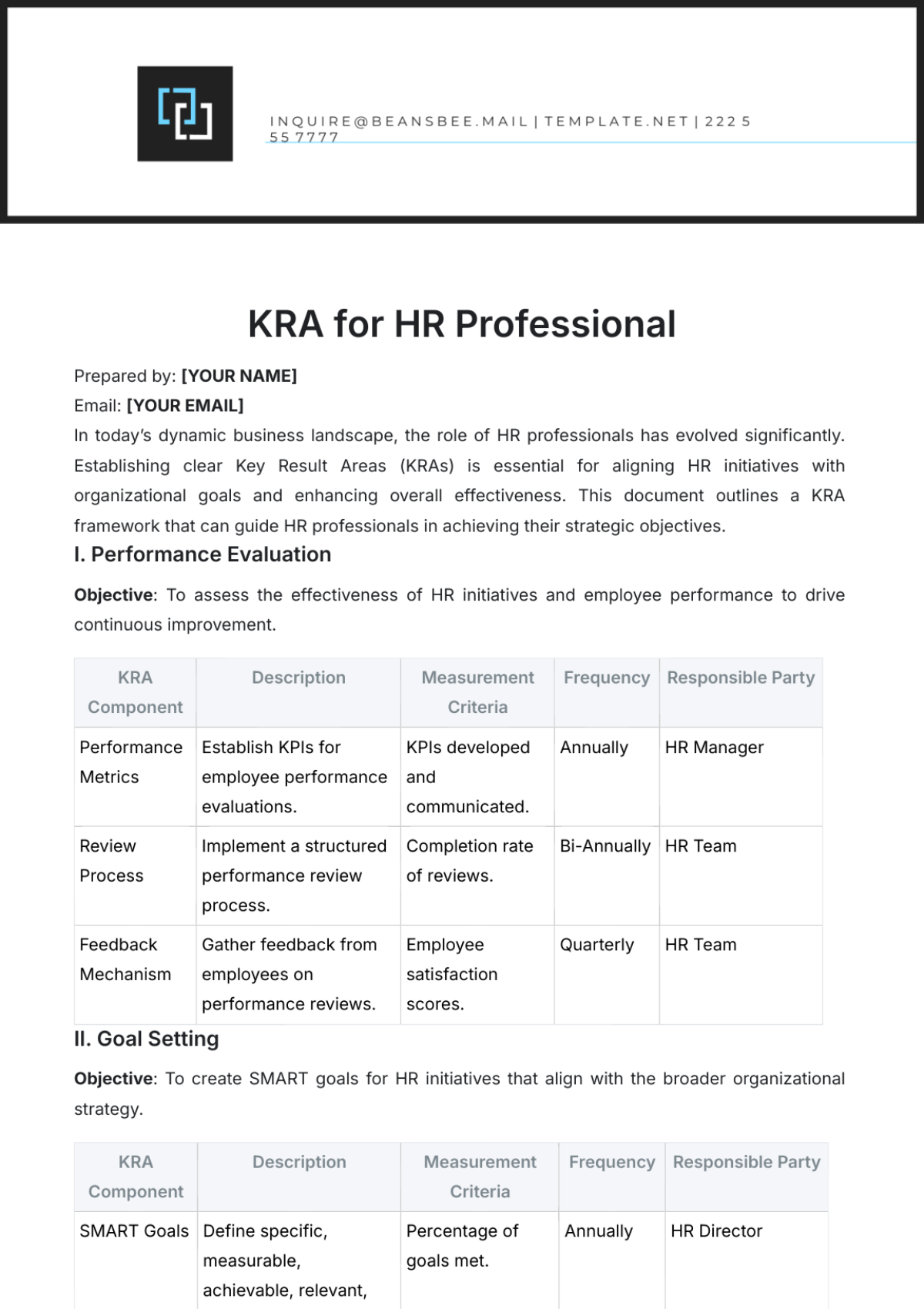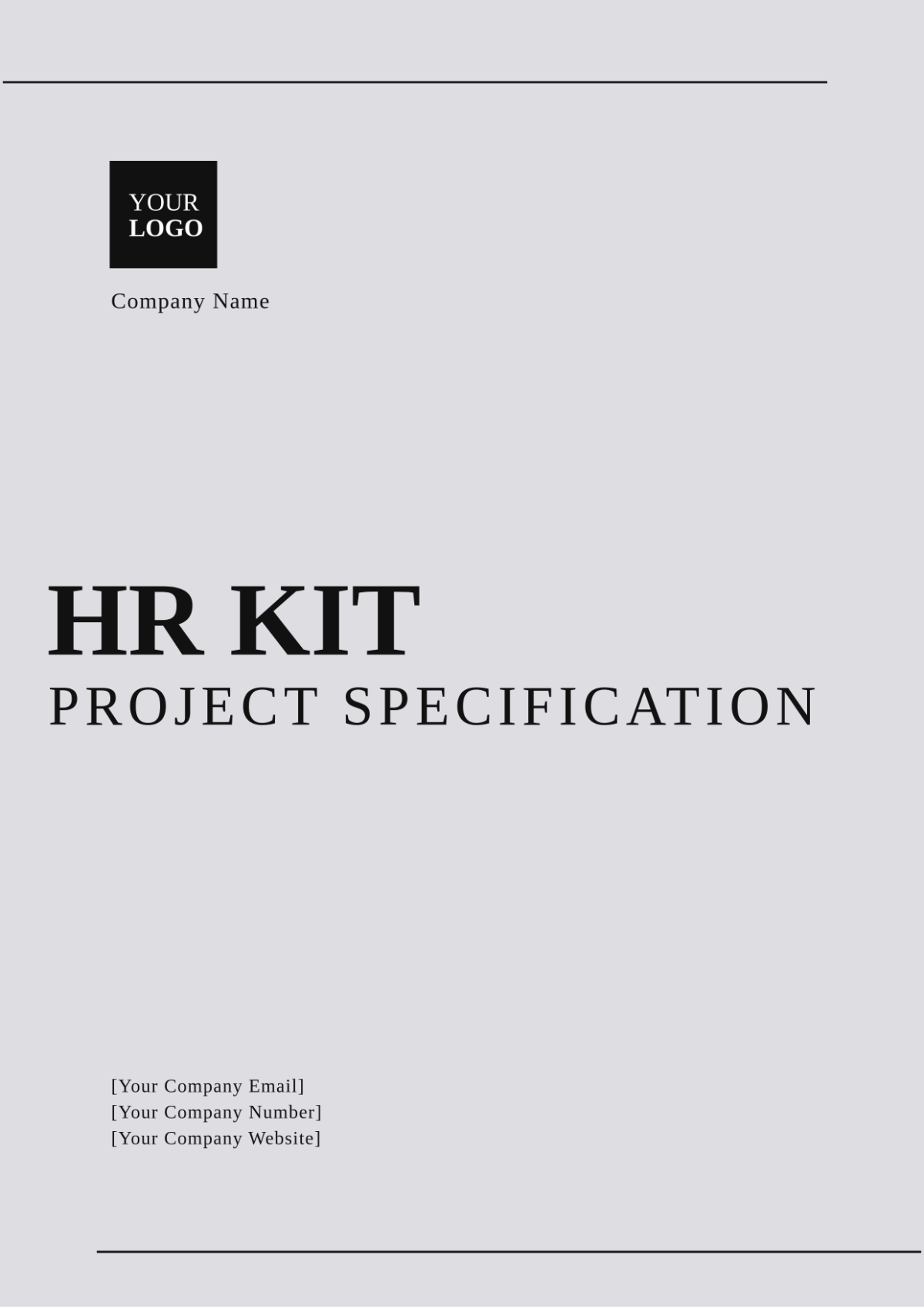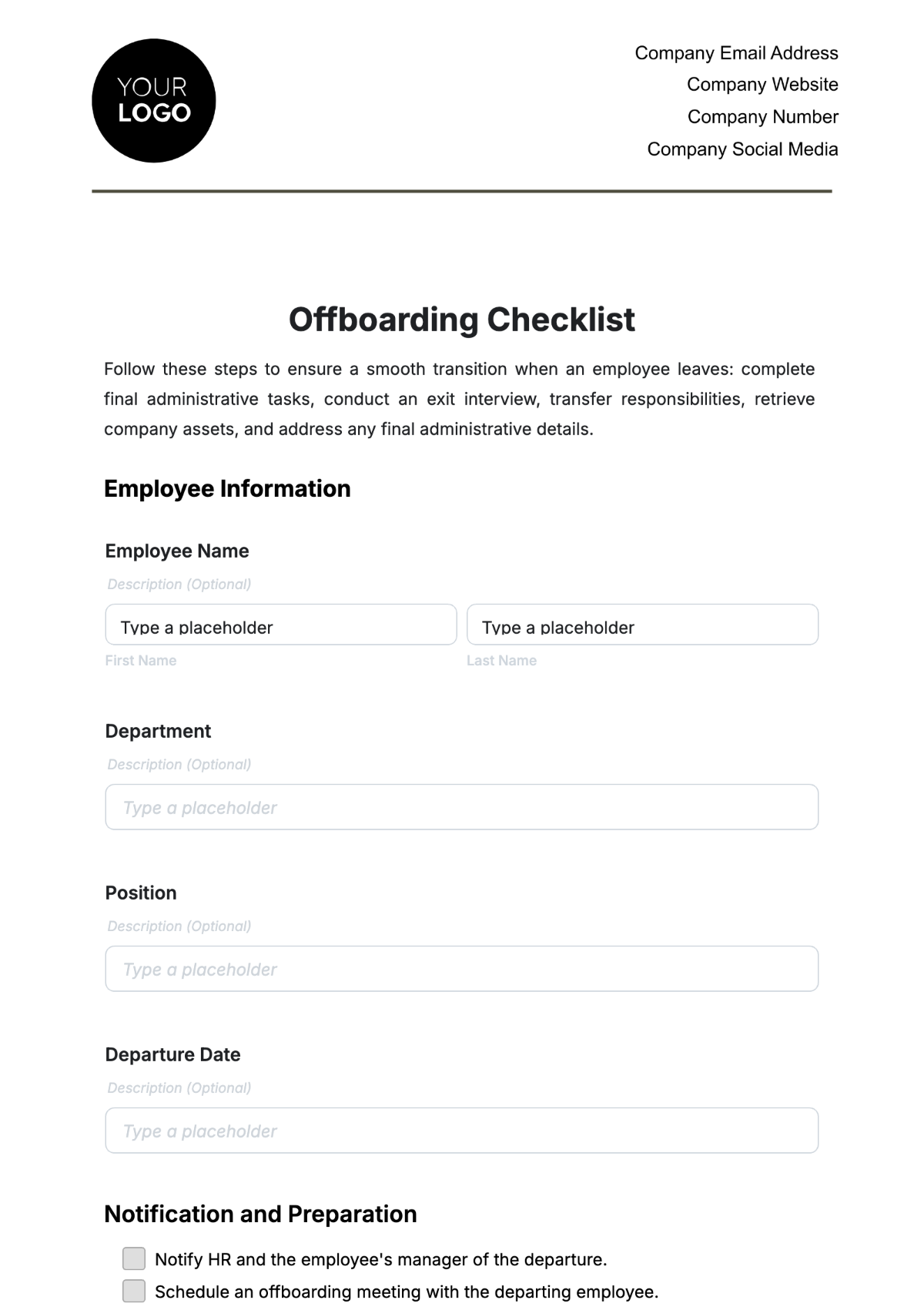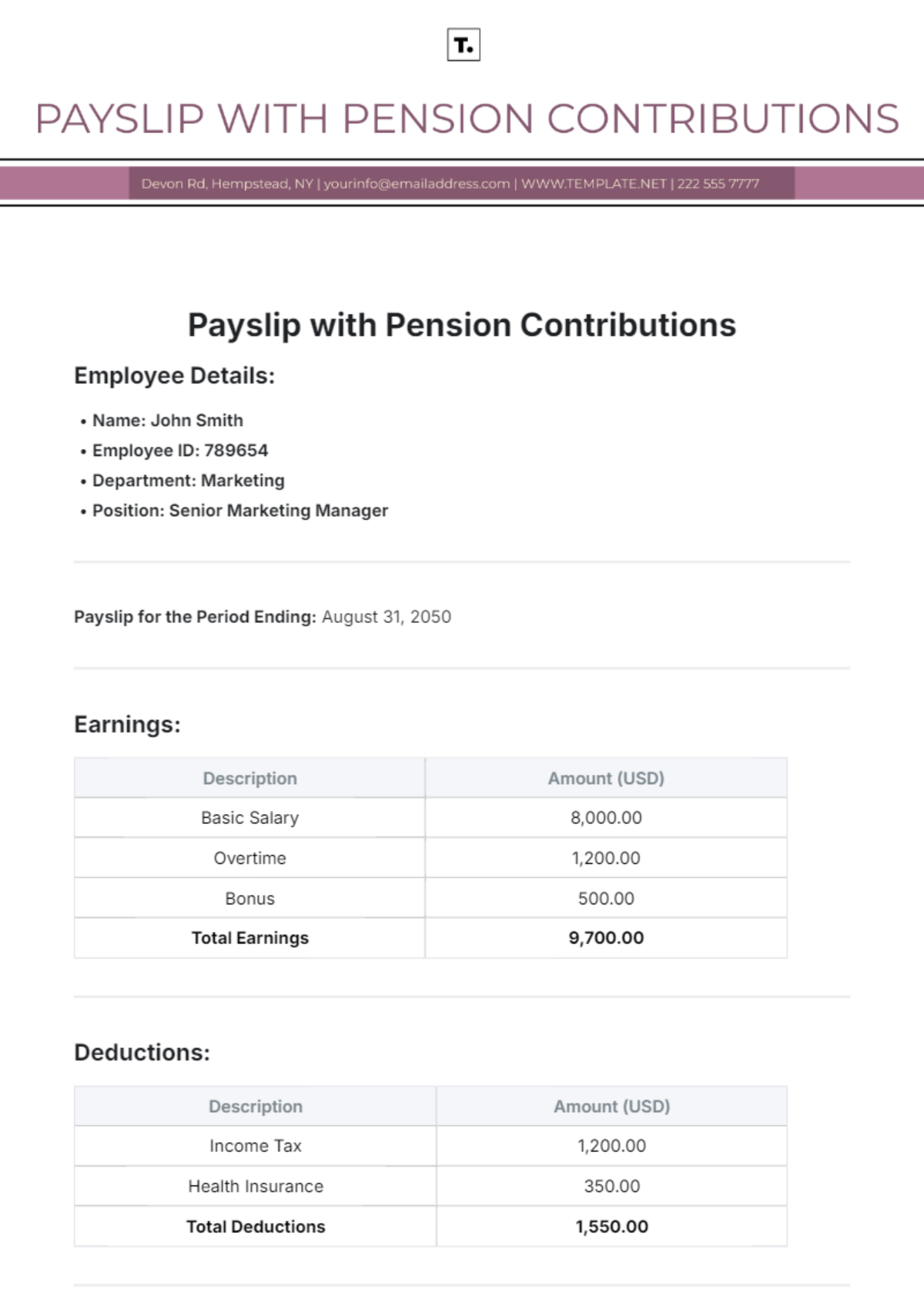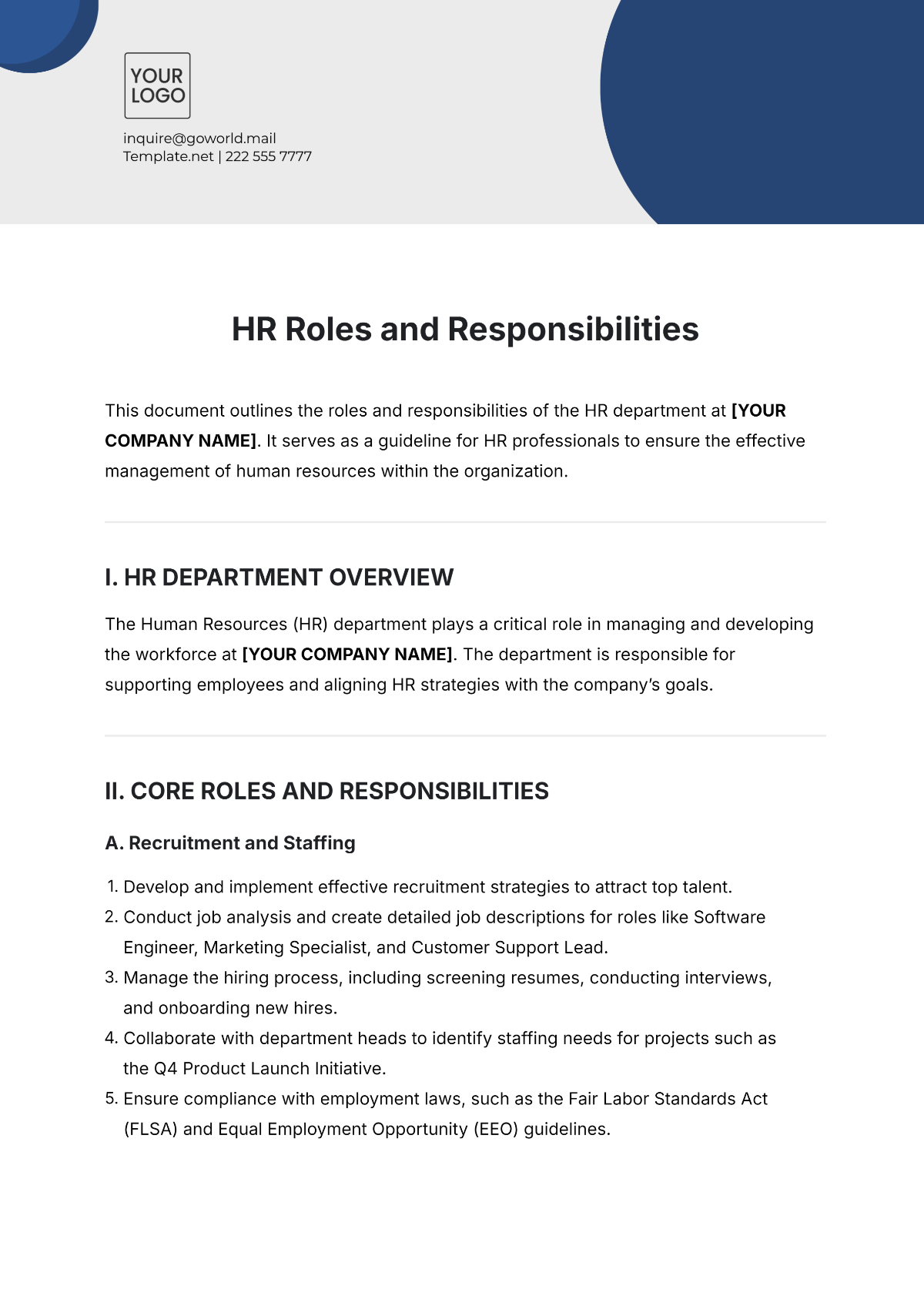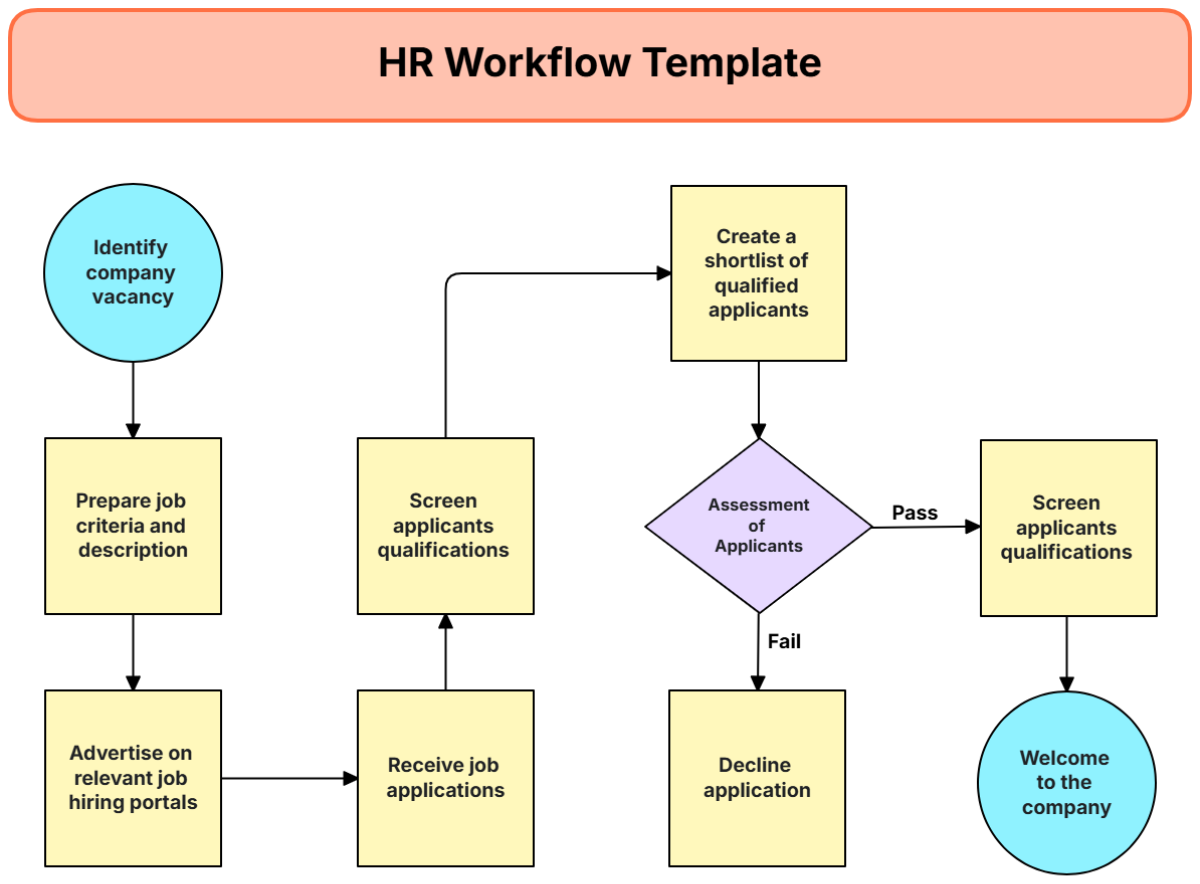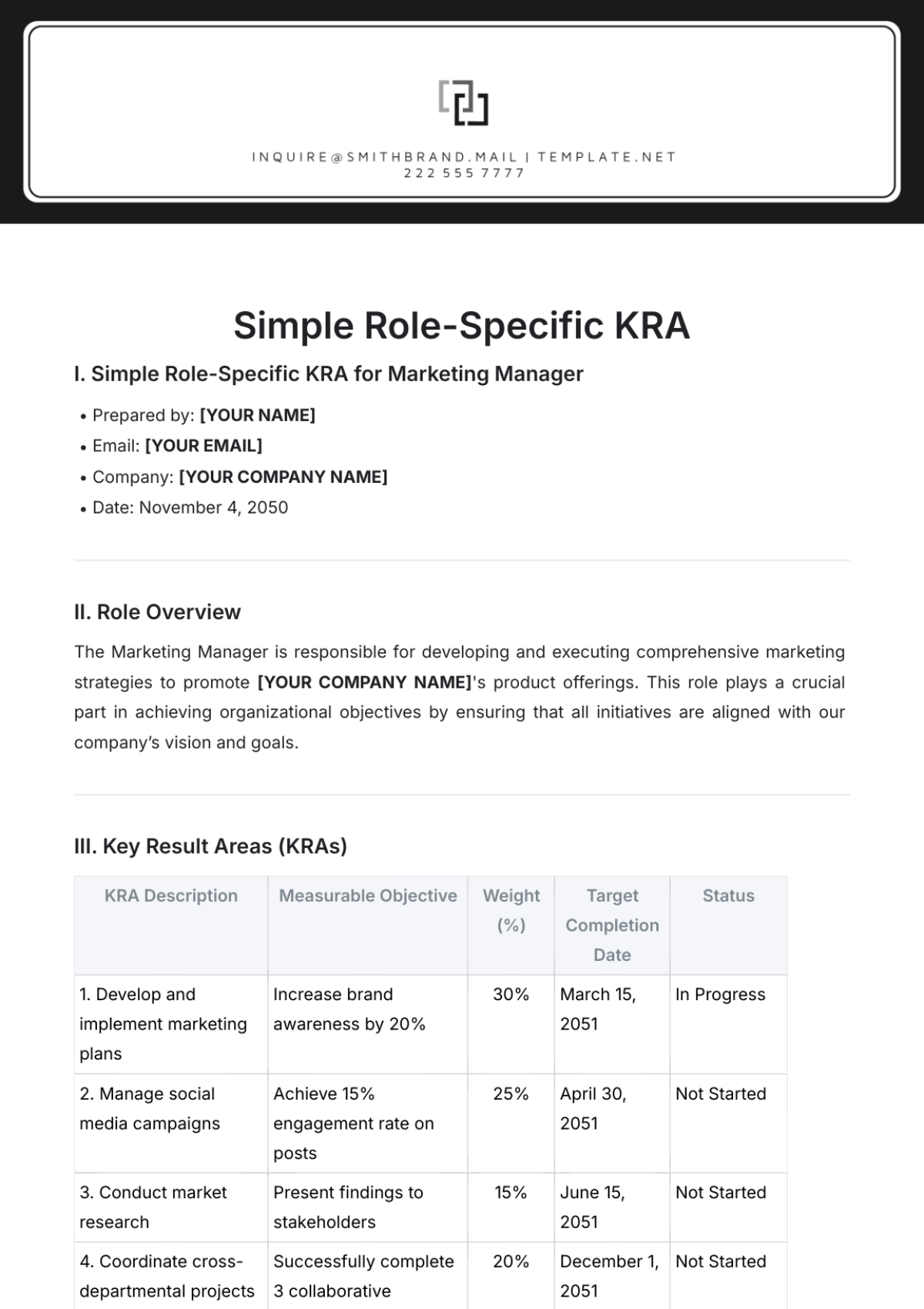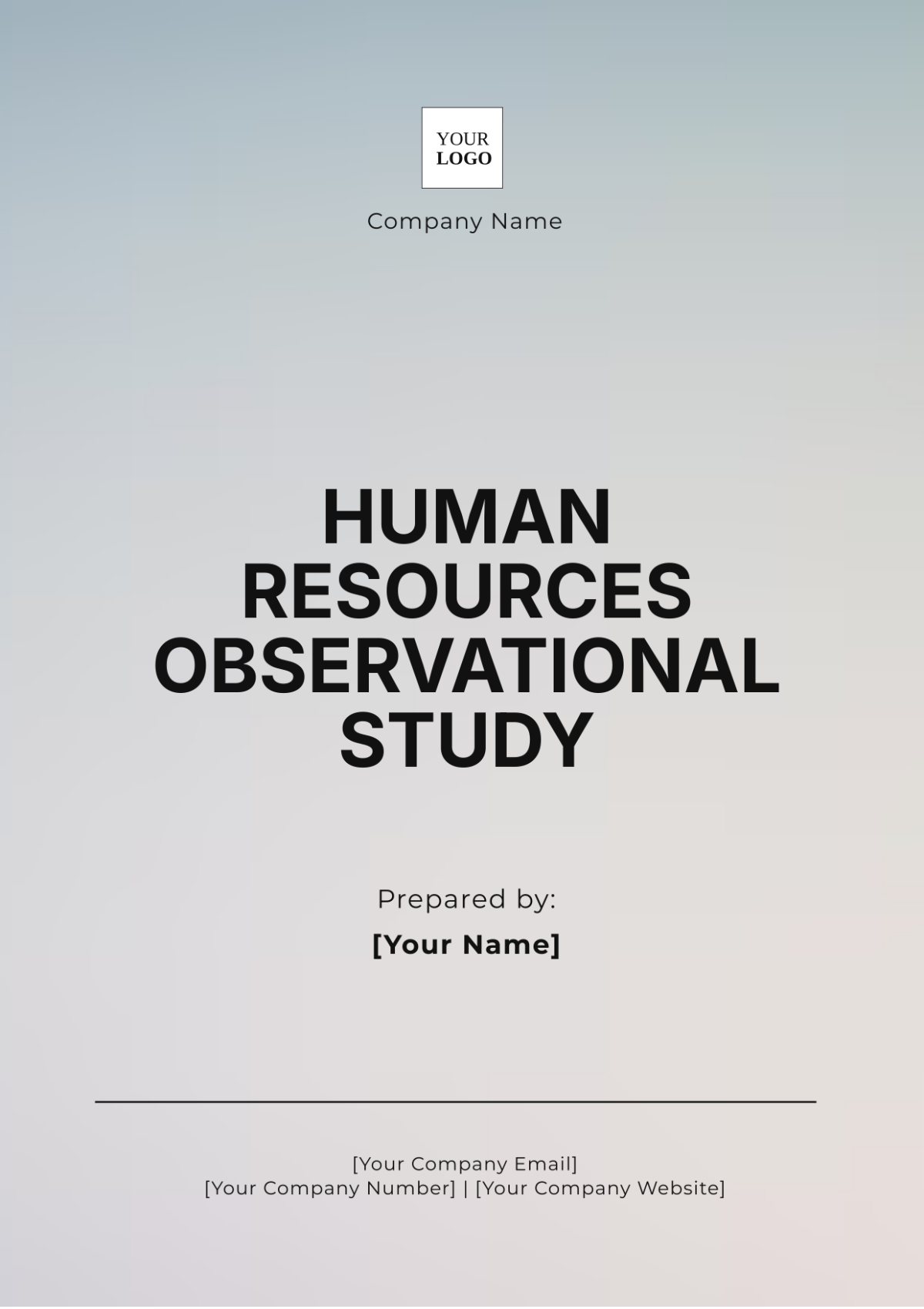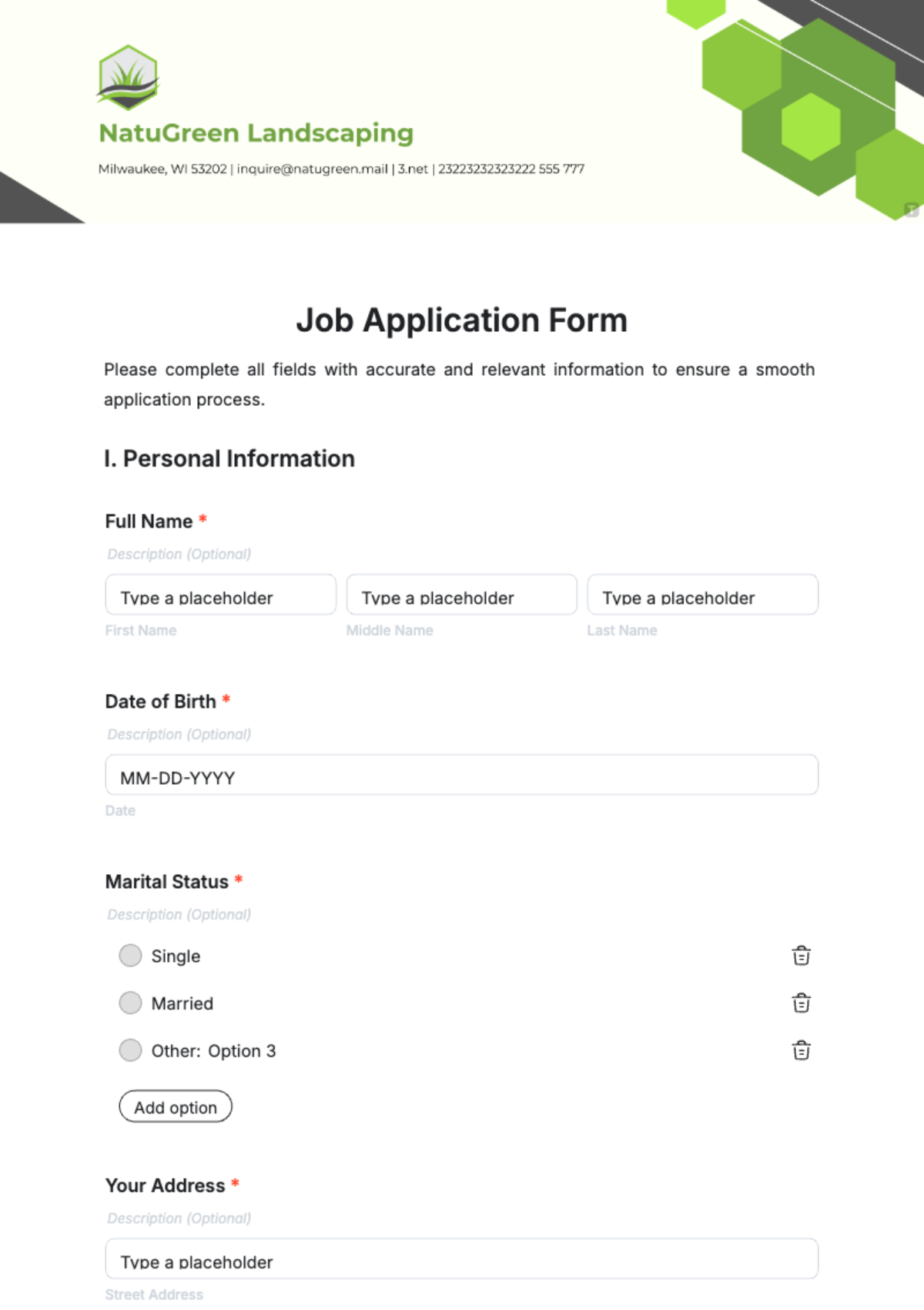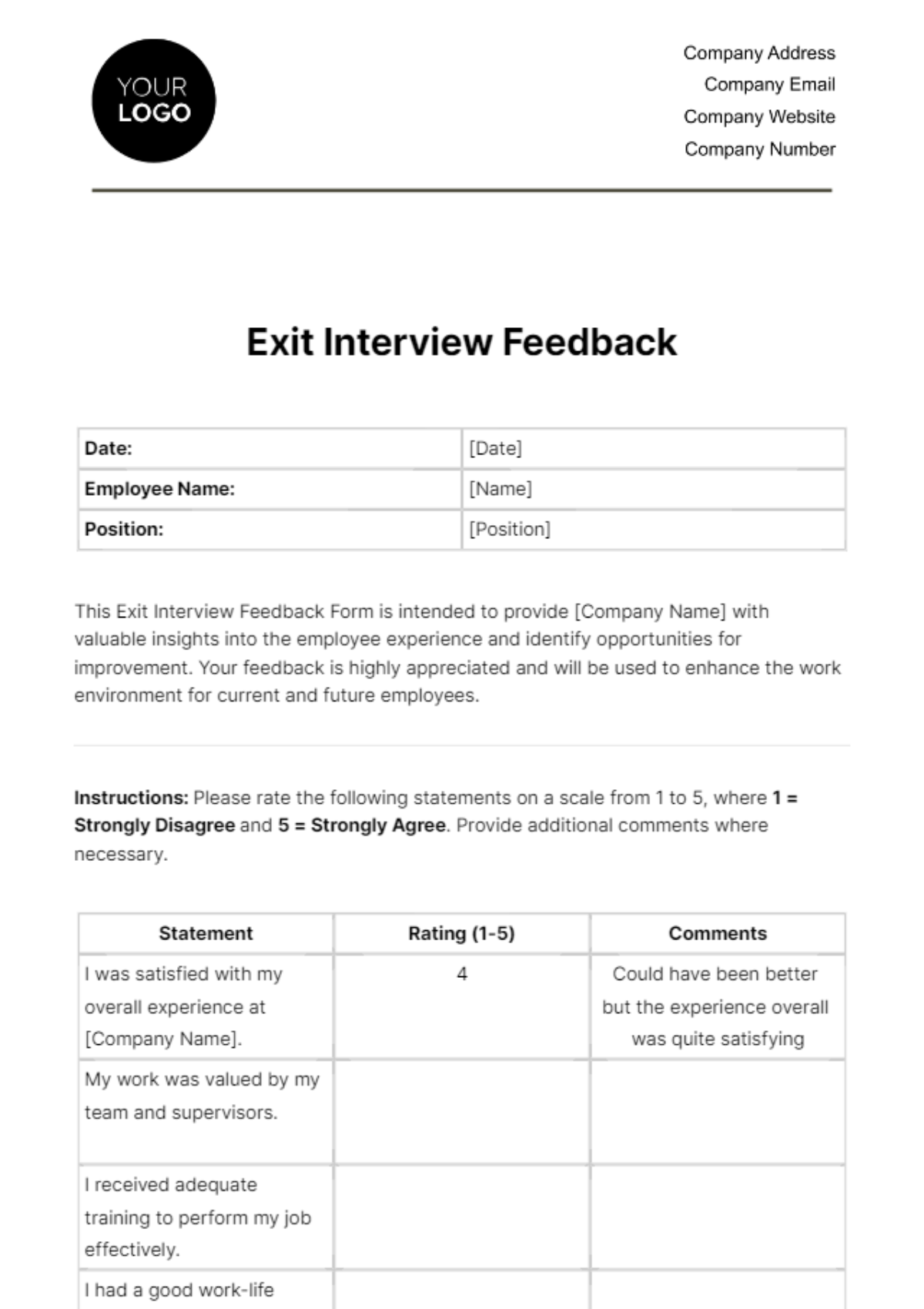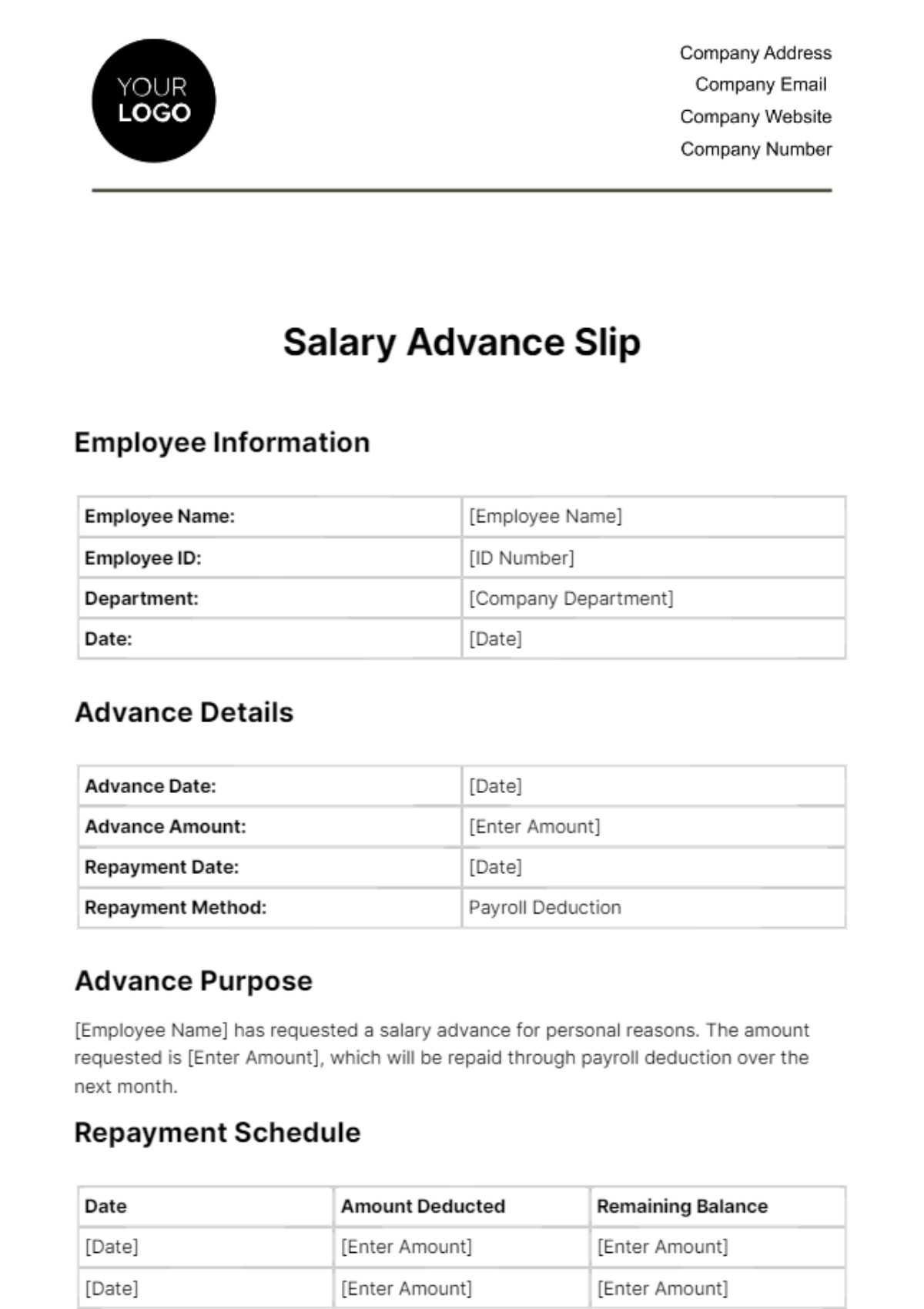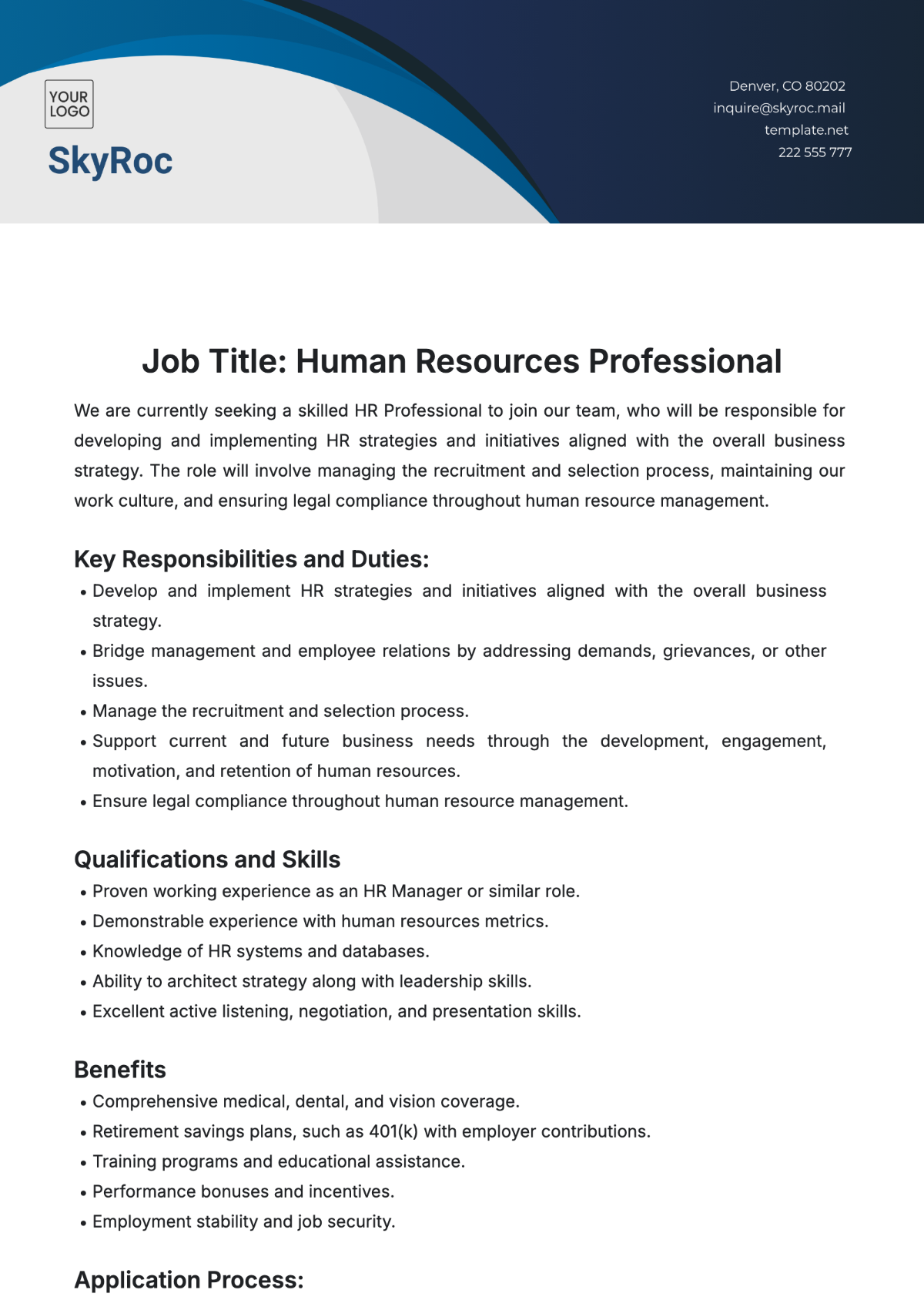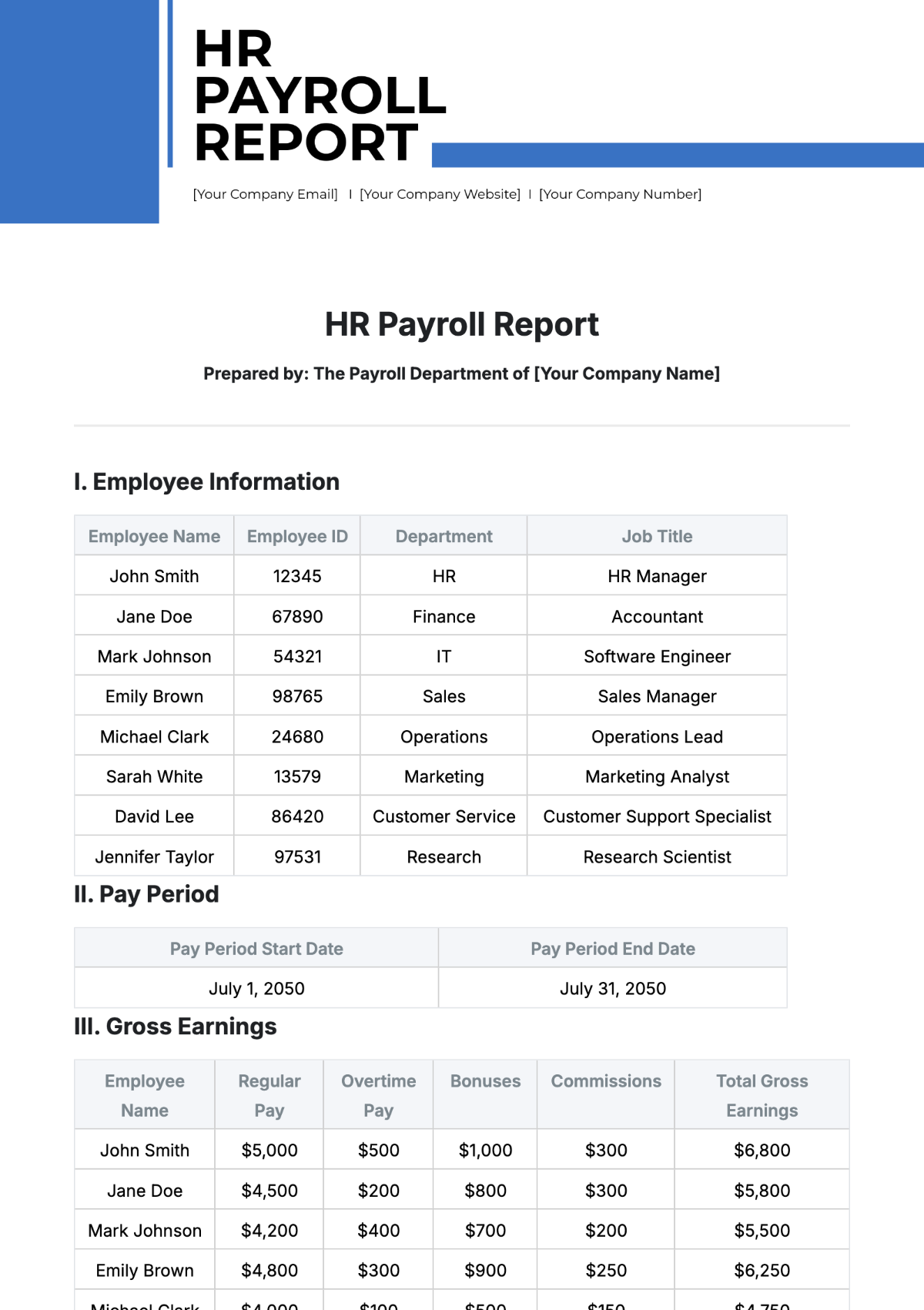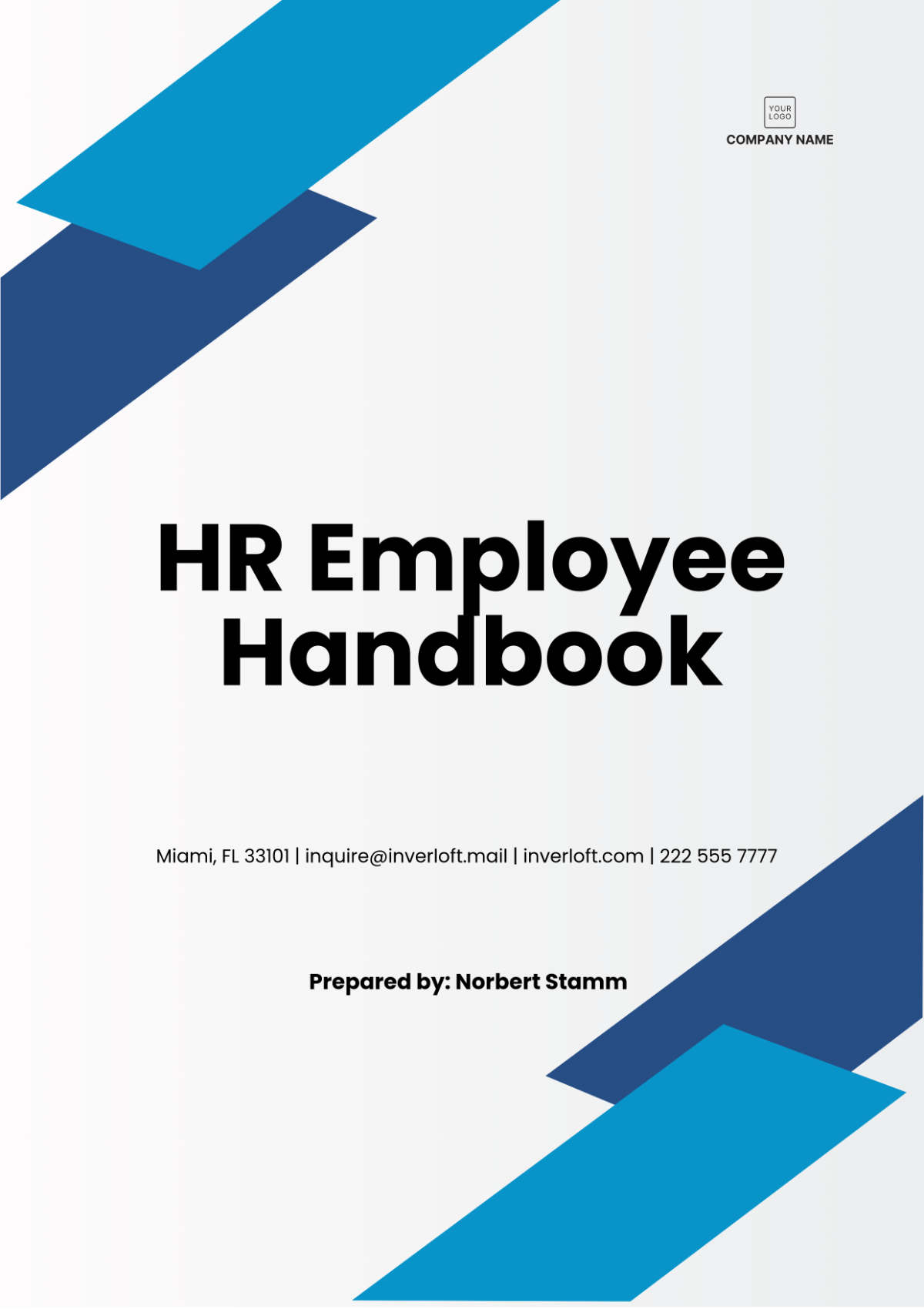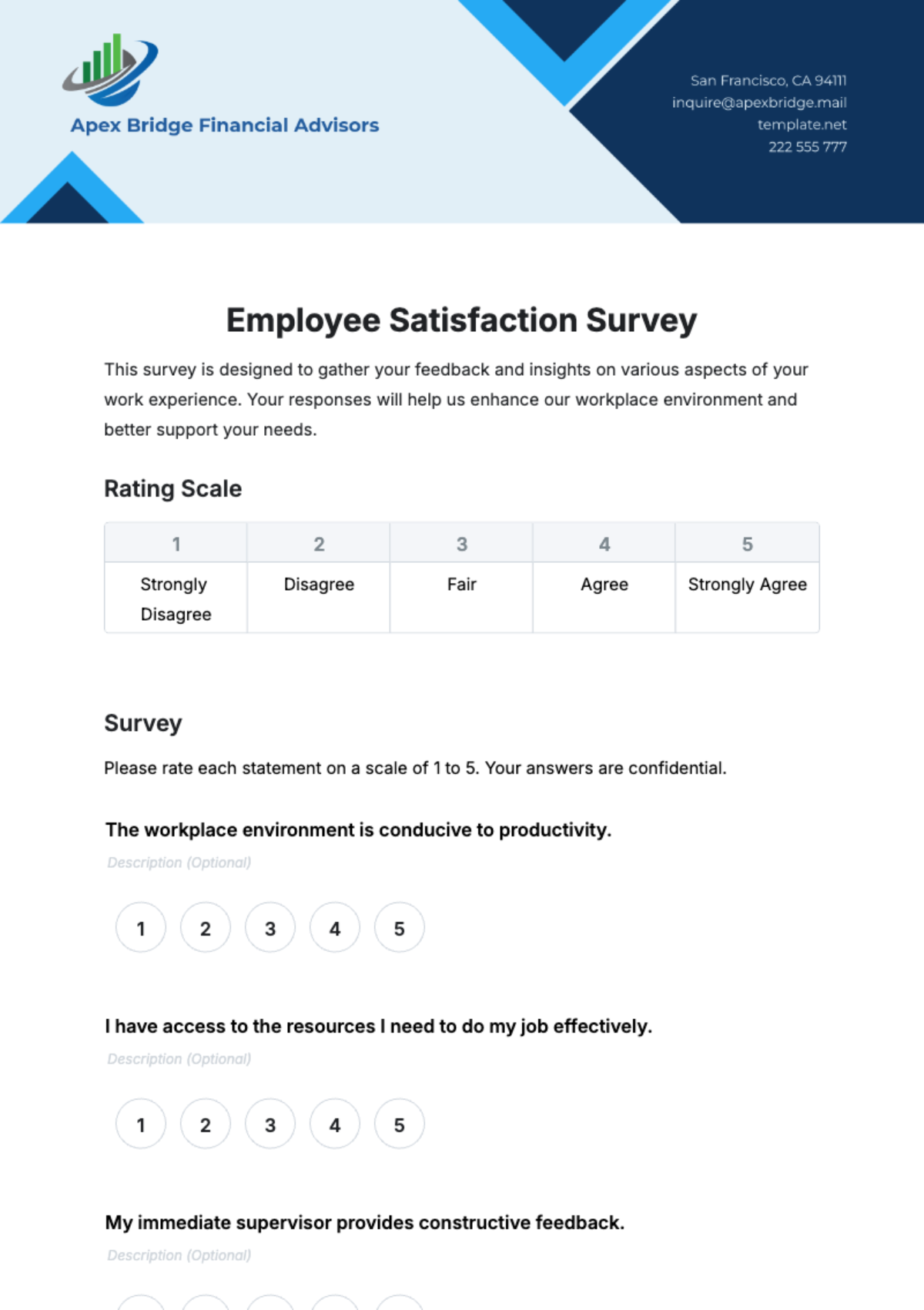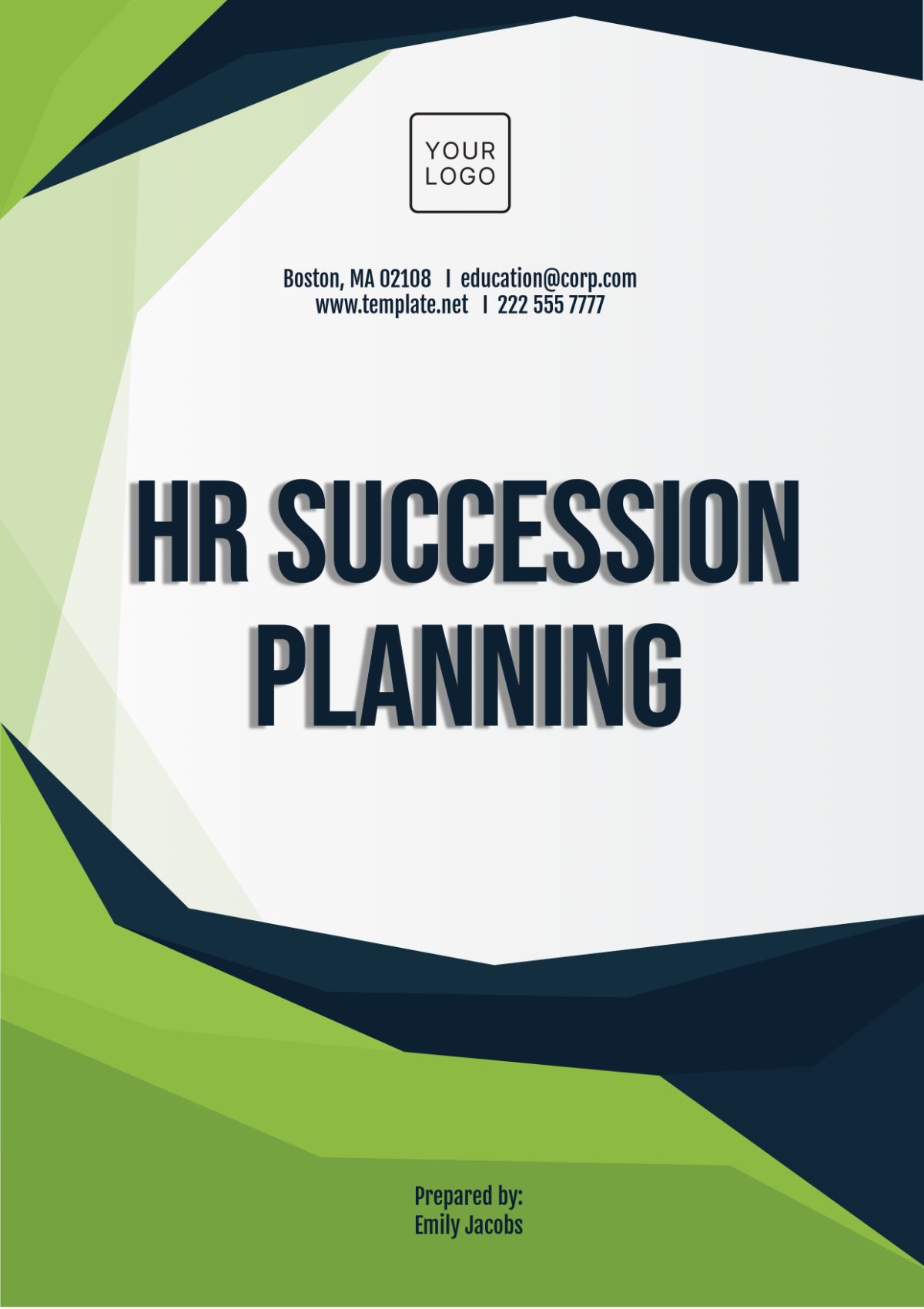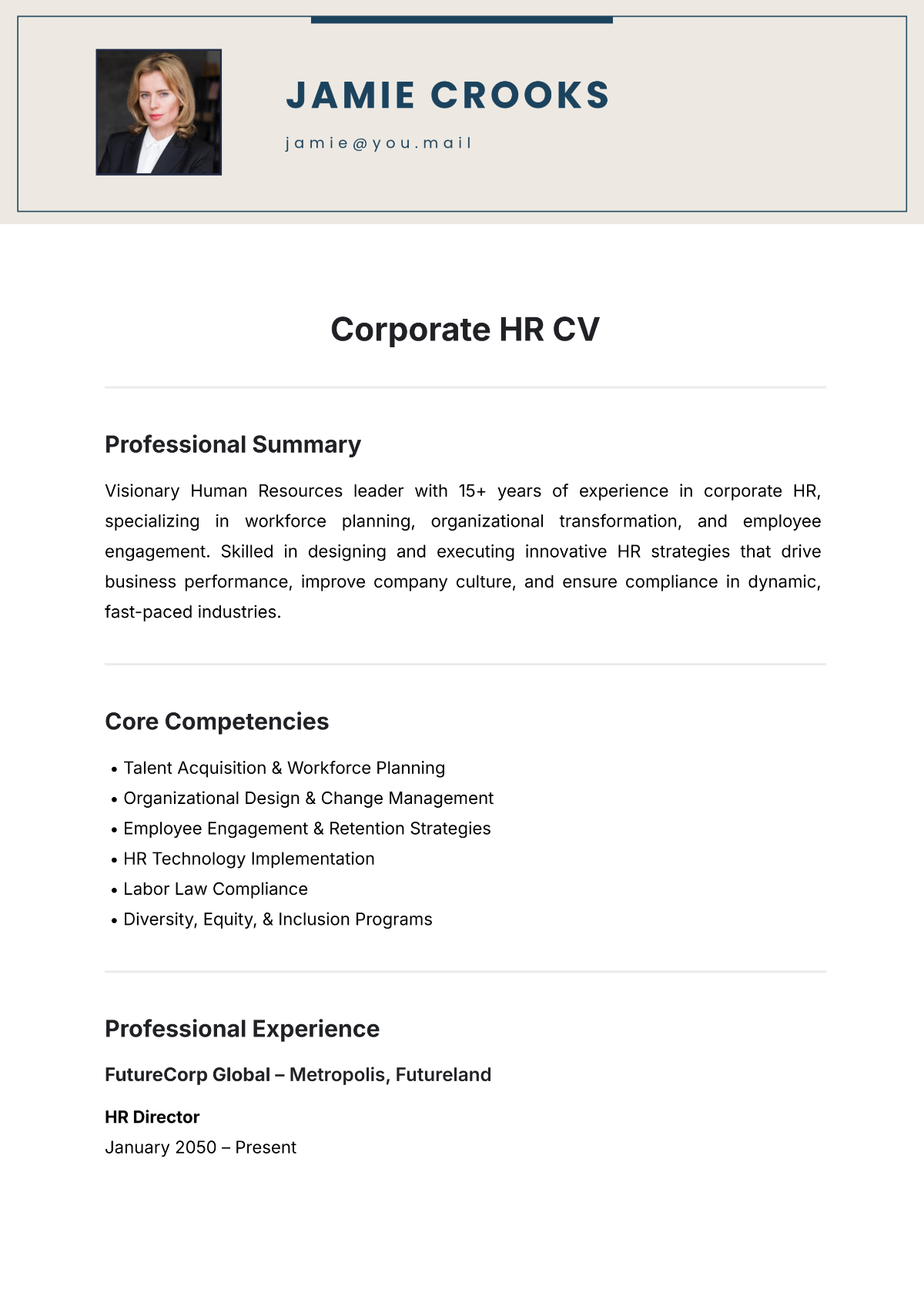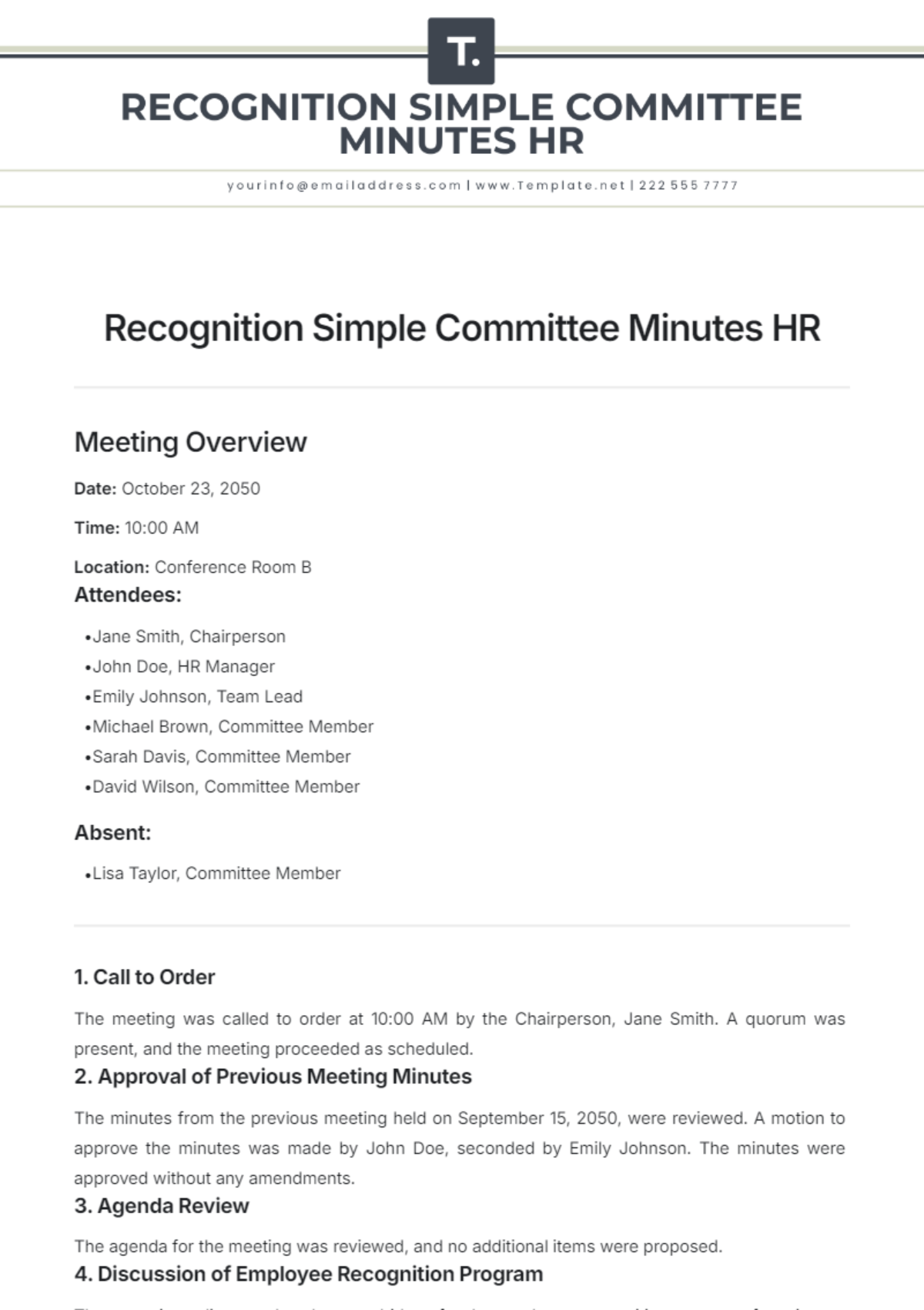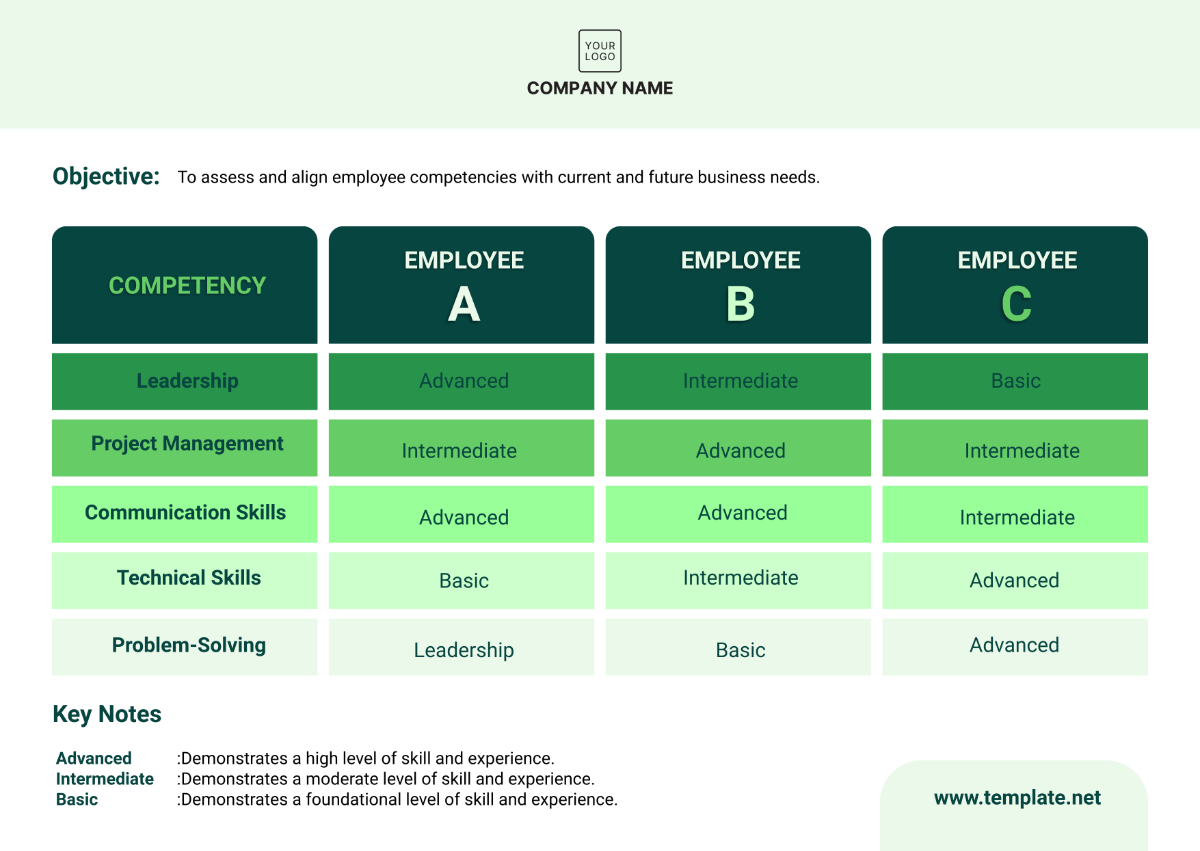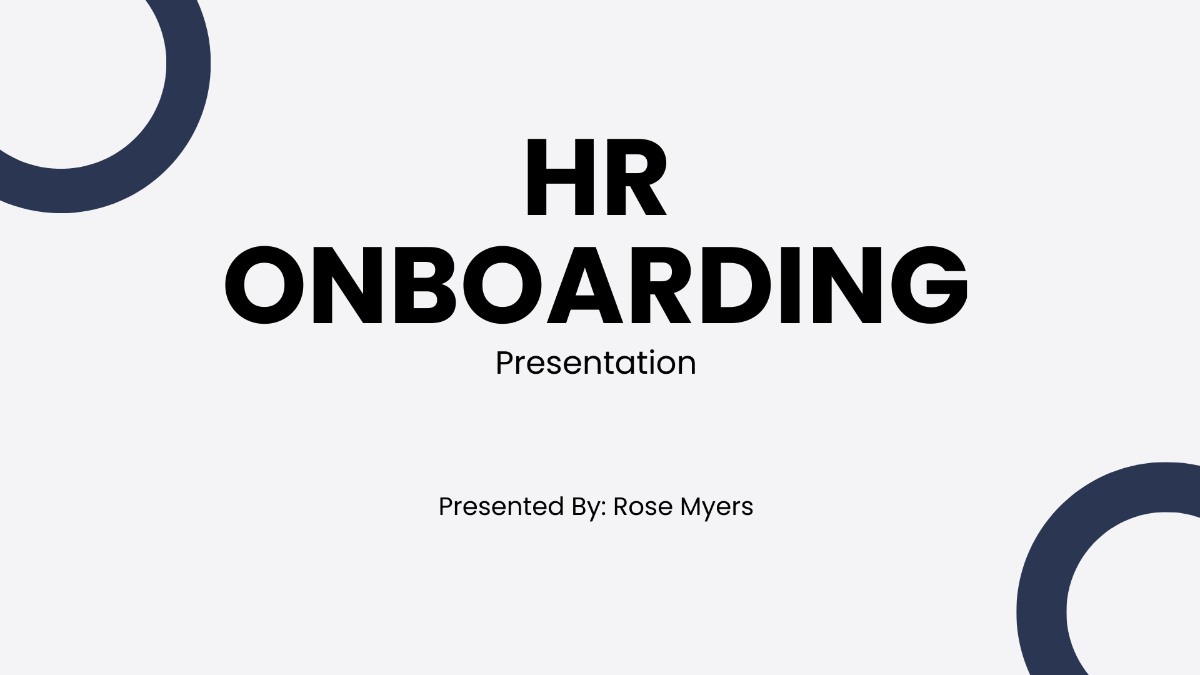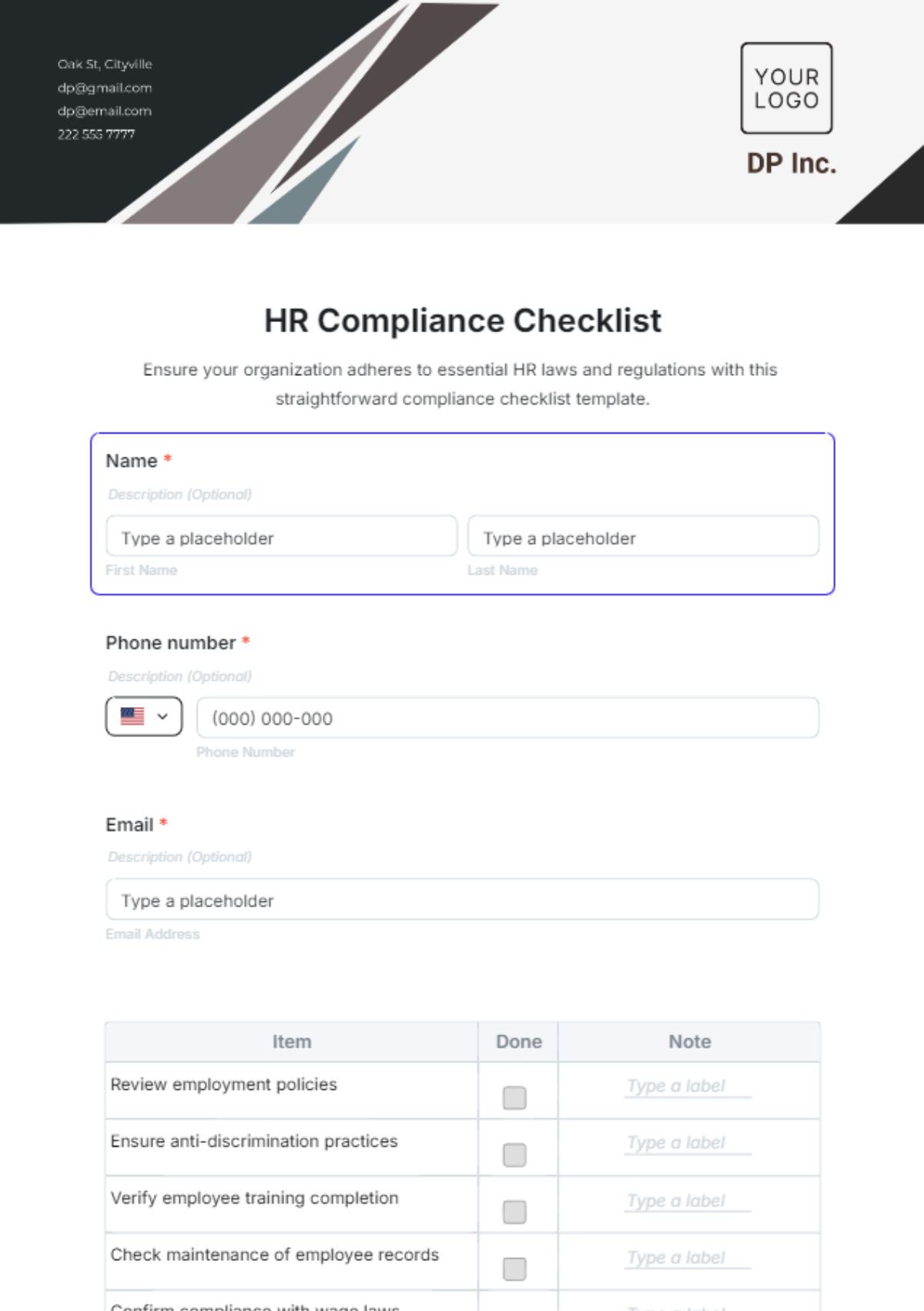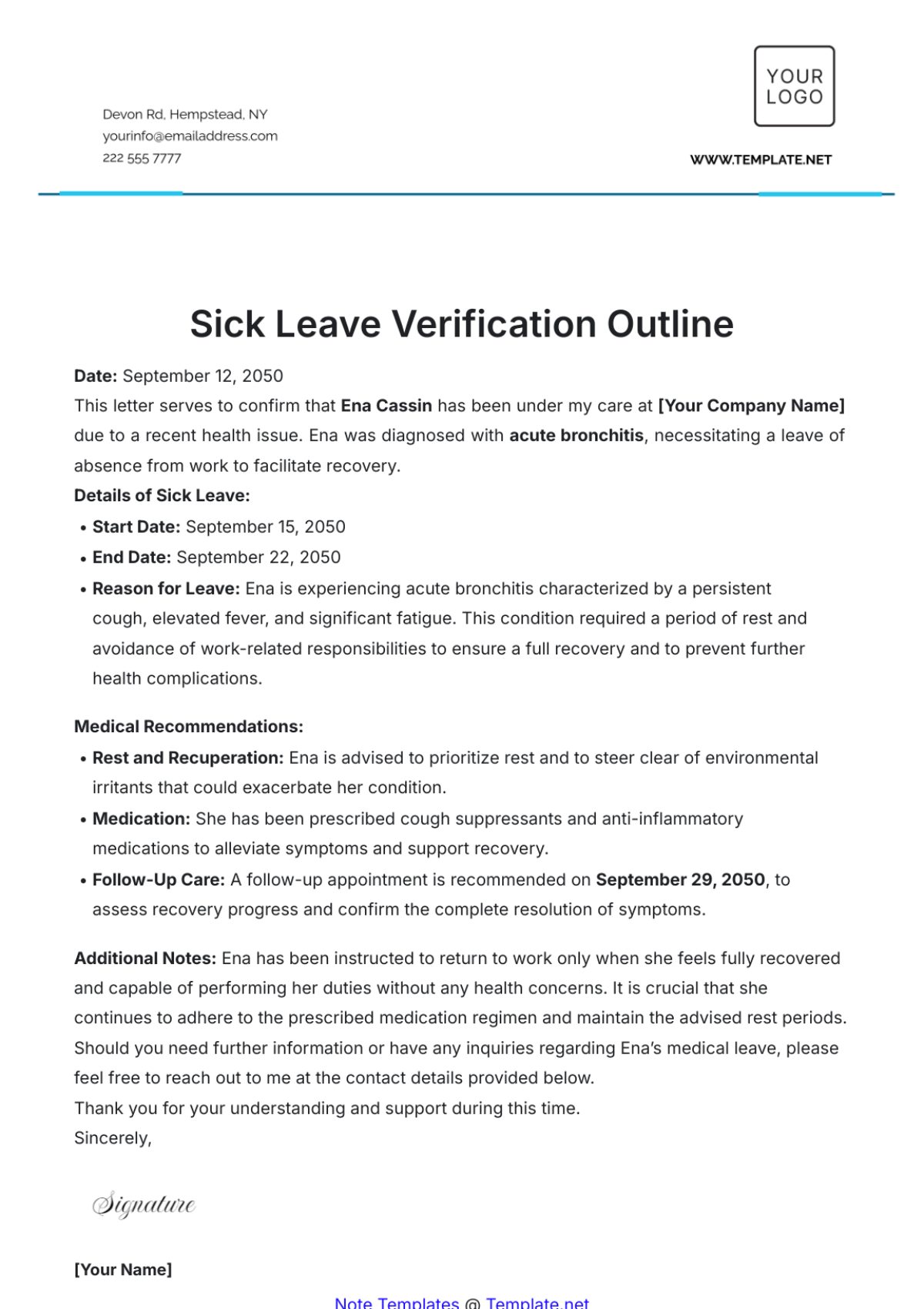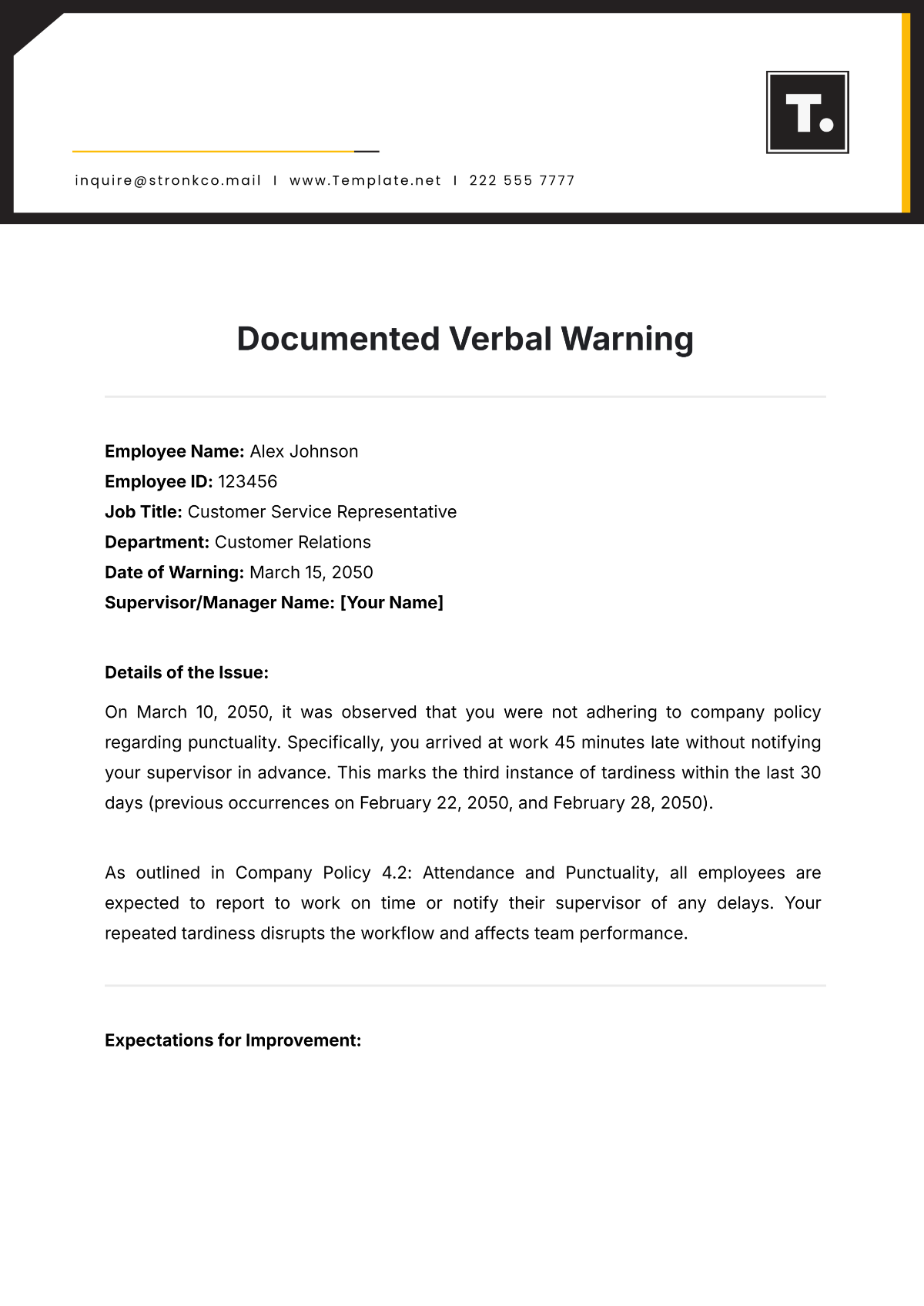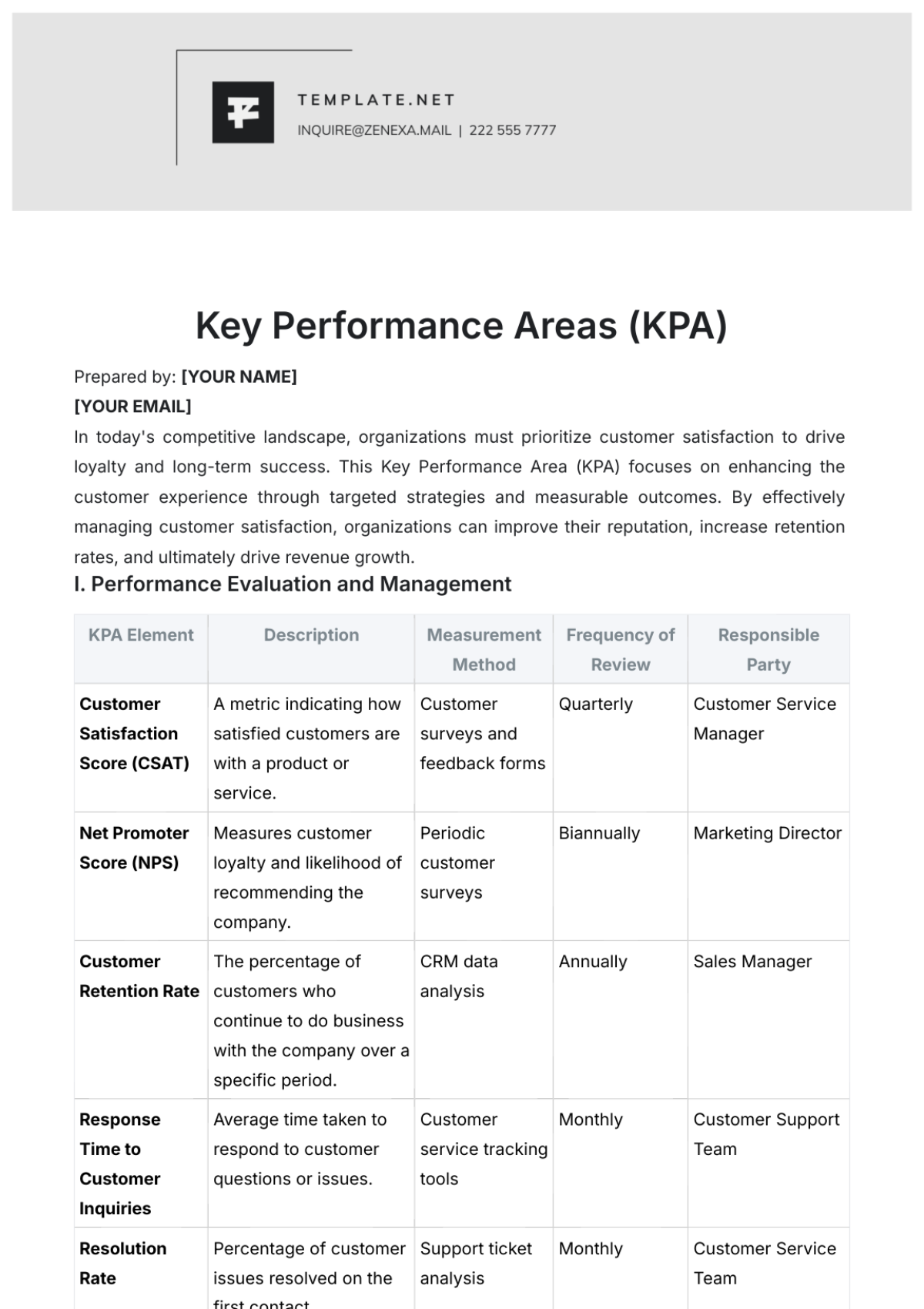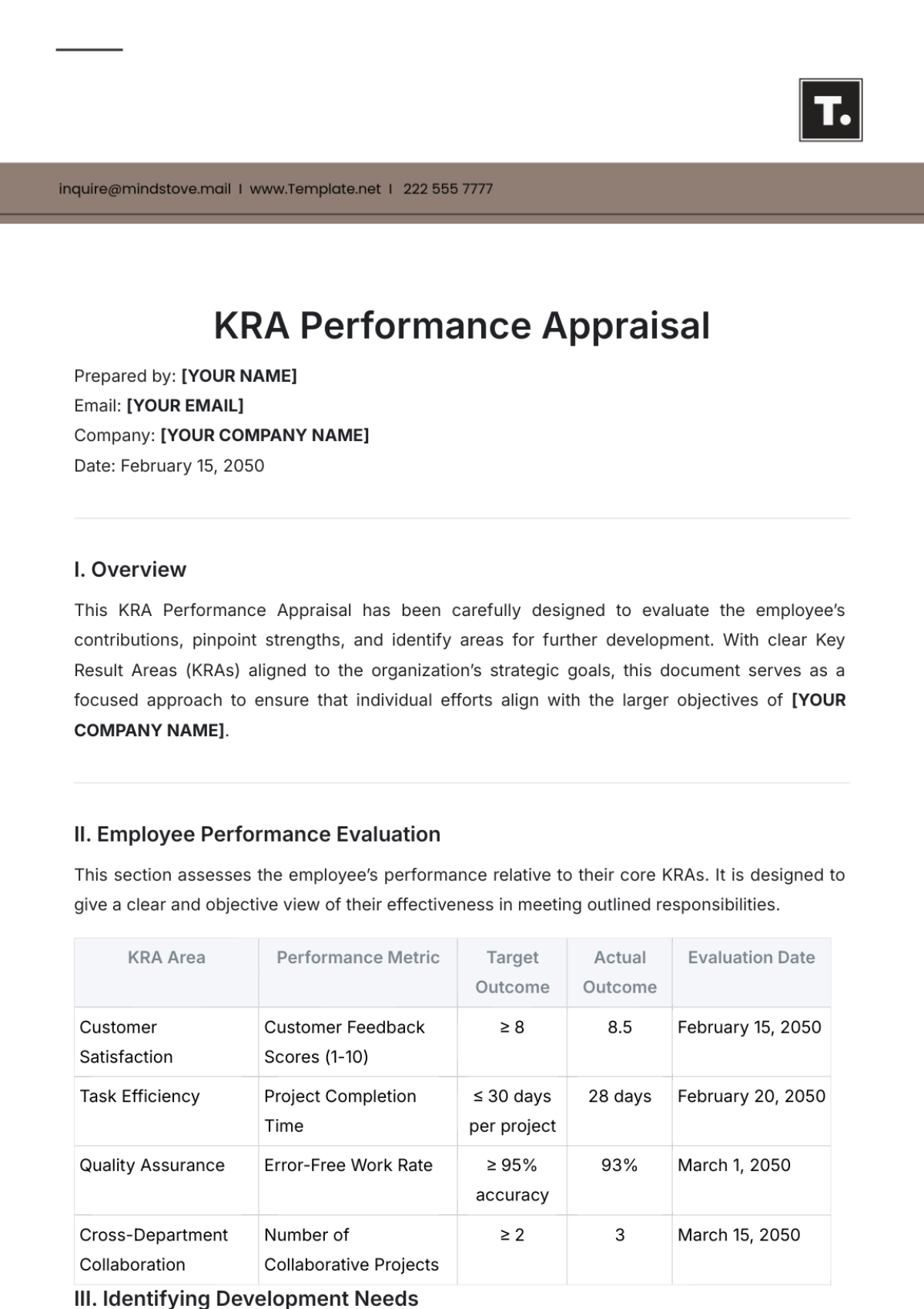Onboarding Process Study
Introduction
Background
The onboarding process is a critical phase in an employee's journey within a company. It sets the tone for the employee's experience and lays the foundation for their future performance and engagement. This study aims to evaluate the effectiveness of the current onboarding process at [Company Name].
Purpose
The purpose of this study is to identify areas of improvement in the onboarding process to enhance employee satisfaction and productivity.
Objectives
To assess the efficiency, effectiveness, and satisfaction levels associated with the current onboarding process at [Company Name].
Scope
This study will focus on:
New hires who joined [Company Name] within the last six months.
Various departments within the organization.
Both remote and in-office onboarding experiences.
Methodology
Research Design
A mixed-method approach will be used, incorporating both qualitative and quantitative data.
Sampling
A random sample of 100 new hires will be selected for this study.
Tools
Surveys
Interviews
Observations
Data Collection
Survey Questions
Question Text | Response Type |
| Scale (1-5) |
| Yes/No |
| Yes/No |
Interview Guidelines
Duration: 30 minutes
Questions: Open-ended to gather qualitative data
Data Analysis
Quantitative Analysis
Data will be analyzed using statistical software to identify trends and patterns.
Qualitative Analysis
Thematic analysis will be conducted on the interview transcripts.
Diagrams
Employee Satisfaction Levels Pie Chart:
Very Satisfied: 40
Satisfied: 30
Neutral: 20
Dissatisfied: 5
Very Dissatisfied: 5
Onboarding Steps Bar Chart:
Orientation: 2 hours
Paperwork: 3 hours
Training: 5 hours
Team Introduction: 1 hour
Onboarding Steps Bar Chart:
Job Offer Acceptance
Pre-boarding Activities
First Day Orientation
Training and Development
Performance Evaluation
Findings
Quantitative Findings
Based on the survey responses from 100 new hires:
40% reported being "Very Satisfied" with the onboarding process.
30% reported being "Satisfied."
20% were "Neutral."
5% were "Dissatisfied," and another 5% were "Very Dissatisfied."
Employee Satisfaction Levels
Qualitative Analysis
From the interviews conducted, several themes emerged:
New hires appreciated the thoroughness of the job-specific training.
Some respondents felt the paperwork process was cumbersome and could be streamlined.
A sense of belonging was generally felt during team introductions.
Observational Findings
During the observation sessions, it was noted that:
The orientation program was well-organized but slightly rushed.
The training sessions were interactive and engaging.
Recommendations
Based on the findings, the following recommendations are made:
Streamline Paperwork
Consider digitizing forms to expedite the paperwork process.
Extend Orientation Time
Extend the orientation program by at least one hour to ensure all topics are adequately covered.
Implement a Buddy System
Assign a 'buddy' or mentor to each new hire to assist them during their first few weeks.
Periodic Check-ins
Conduct periodic check-ins during the first month to gauge employee comfort and understanding of their role.
Conclusion
Summary of Key Takeaways
Overall, the onboarding process at [Company Name] is effective but has room for improvement.
Employee satisfaction is generally high, but attention needs to be paid to the paperwork and orientation phases.
Next Steps
Implement the recommendations outlined in section 8.
Conduct a follow-up study in six months to measure the impact of the implemented changes.

